Endo at The Rotunda opened in April 2019 on the eighth floor of the Helios building in White City. The room has a large wooden counter and separate bar, picture windows looking out over the Westfield shopping centre and the surrounding area, and an outside terrace for drinks in good weather. Chef/owner Endo Kazutoshi was previously in charge of sushi at Zuma in Knightsbridge. His grandfather was a sushi chef in Yokohama, and he moved to the UK in 2007.
A dozen diners sit around the counter and are served at the same time, so it is important to be punctual or you will miss some dishes. The meal is omakase (no choice tasting menu) and is fully payable in advance at £225. To this you need to add drinks, so this is not going to be a cheap outing. There is a short wine list and a longer list of sake – see an earlier review for more on this. We opted for the sake pairing this evening.
The sushi rice here these days comes from a farm in Japan that Endo owns. It is served at body temperature, which is just as it should be, the rice flavoured with vinegar, which is literally the meaning of sushi. Wasabi also comes from Japan. The seafood is mostly sourced from Cornwall, though there may also be some fish from Europe or directly from Japan.
Before the sushi sequence started, we had a cold udon noodle dish with seaweed and bottarga. The noodles were Inaniwa, one of the three most prized varieties, this thin noodle being from Akita prefecture, a mountainous northern part of the main Japanese island Honshu. Other famous udon varieties are Sanuki udon from Kagawa Prefecture and Mizusawa udon from Gunma Prefecture. The noodles themselves had very good texture, almost silky.
We began the main meal with a tuna roll with an unusually delicate nori seaweed from Tokyo bay, very thin indeed and quite crisp. The tuna itself was otoro, the fatty belly tuna that is now fashionable but was once discarded by Japanese fisherman and fed to their cats. The tuna was seasoned with a little wasabi, whose spice nicely cut through the richness of the fish.
Next was yellowtail (hamachi) sushi with a garnish of monkfish liver (ankimo), a delicacy in Japan. The fish had good flavour, nicely complemented by the liver, which has a smooth texture and has a taste reminiscent of calf liver but obviously in a fishy way. This was followed by a savoury egg steamed custard with winter truffle, wasabi, dashi and assorted mushrooms. I wasn’t particularly taken with this dish, with the mushrooms a bit raw and crunchy and the custard not having the silky texture of a top chawanmushi.
Things got back on track with sushi of cooked Irish oyster with a touch of wasabi, the oyster itself excellent. Another interlude from the sushi sequence came with a cup of cold broth of Japanese mountain yam with sesame (goma) tofu, which was made from sesame seeds, starch and dashi. The tofu certainly had good texture and the yam was fine, though for me a bit more seasoning of some kind would have been beneficial.
Sushi of Orkney scallop was lovely, the shellfish having excellent natural sweetness, garnished with a little caviar. This was followed by a warm dish of fatty tuna with an egg from Gloucestershire, enoki mushrooms and a base of noodles. This was very enjoyable, though a bit of salt would have improved it even further, in my view. Next was sushi of Japanese snapper, which had excellent flavour and silky, tender texture. This was followed by tuna sushi using a female tuna caught off the coast of Portugal. Again, the texture of the tuna was lovely. Another intermezzo dish was Cornish monkfish tempura resting in a broth. The monkfish was good and the tempura was decent, but I have been spoilt for tempura by eating it a lot in top places in Japan, where the batter is gossamer thin and ultra crisp, something that seems to elude tempura in London.
A large slab of Spanish tuna was displayed, which would reappear in a later dish. The next dish of the meal was sea urchin roll, this using the same delicate seaweed rolls and excellent sea urchin from Scandinavia. We were then shown a slab of Hampshire trout that had been smoked briefly in a wooden box for around 45 seconds, which duly was sliced and reappeared as trout sushi. I am never quite convinced by trout as a high-end ingredient, but the smoky flavour and the touch of wasabi certainly made the most of what would otherwise have been quite a bland bite. This was preceded by a dish of Cornish spider crab, the white and brown meat combined with stock. This was quite pretty but the stock slightly took over from the flavour of the crab for me. Following the trout sushi was a little bundle of mixed vegetables wrapped in tofu skin resting in a dashi broth. This was pleasant enough but I am not sure was really needed to break up the sushi sequence.
The Spanish tuna reappeared now as slices of tuna cheek sushi, the fish seared at the counter with metal tongs that had been heated in a Japanese charcoal brill using binchotan, a long burning smokeless white charcoal from Japanese oak that is generally reckoned to be the pinnacle of charcoal. The rich tuna cheek benefitted from the touch of smokiness, and was garnished with Japanese lime and a little salt. First was sushi of the otoro belly tuna, and then a roll of the seared tuna cheek with a little oyster. The final sushi bite was Isle of Skye langoustine with a caviar garnish, the shellfish lovely and sweet, nicely complemented by the briny caviar.
There was one more savoury dish, A4 wagyu from Miyazaki Prefecture in southern Japan on Kyushu island. This beef regularly wins the “wagyu Olympics” competition in Japan and is certainly top notch beef, with rich flavour from the marbled fat. The beef was paired with a few new season French morels, which were very good and worked nicely to balance the richness of the beef.
Dessert was a nicely made Koji rice souffle, and there was also a little canele (the cork shaped dessert from Bordeaux) with a crisp crust and soft centre flavoured with 12 year old whisky. Service was very slick, the plentiful staff being helpful and attentive. The food element of the meal was £225, with a further £134.66 on drinks on the night, so a total of £360 a head. If you ordered drinks more carefully then you could escape for less, but not much less, say £290 per person. Overall, this is an expensive but lovely experience, with plenty of top ingredients and skill on display. For me the dishes that work less well here are the ones that stray from the path of sushi. Dishes that involved noodles or tempura or broth may be fine, but are not in the league of the sushi here. This is hardly surprising; in Japan there is much more specialisation of restaurants. Some places serve tempura, others sushi and others noodles. Rarely do they mix, and indeed some places specialise to a remarkable degree. I have been to places that only serve eel, or only ramen noodles. If you do nothing else but cook tempura for forty years then you will likely become very good at it, but London restaurants freely mix cooking styles, and this very rarely works that well. I think Endo would be better off sticking primarily to the sushi at which he clearly excels. There is nowhere in London that I have tried that does better sushi than Endo these days.
Further reviews: 04th Jul 2025 | 12th Sep 2023 | 13th May 2023 | 26th Nov 2022 | 11th Jun 2021 | 20th Nov 2019 | 24th Jul 2019














































































































































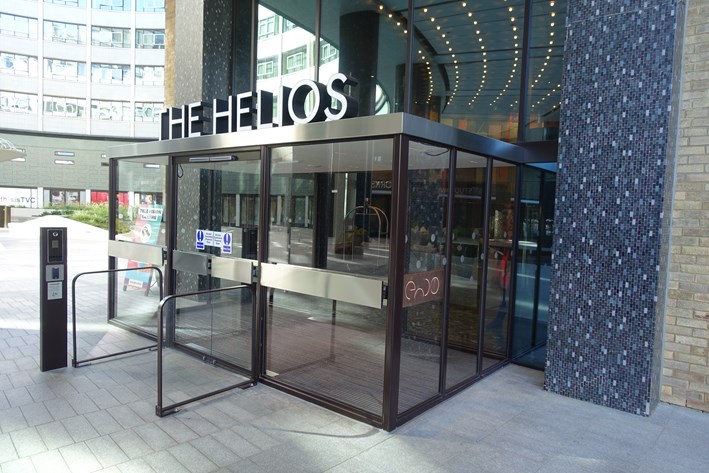

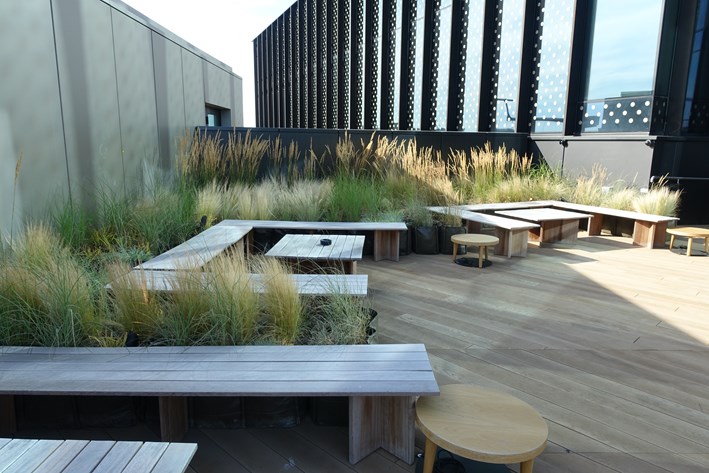

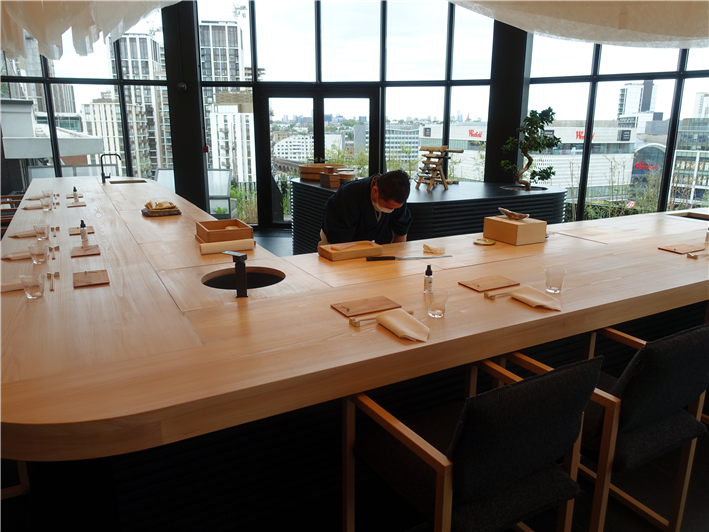


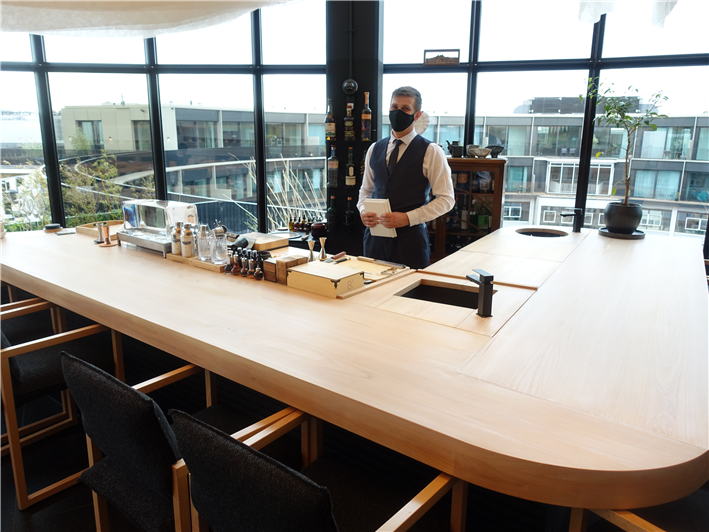
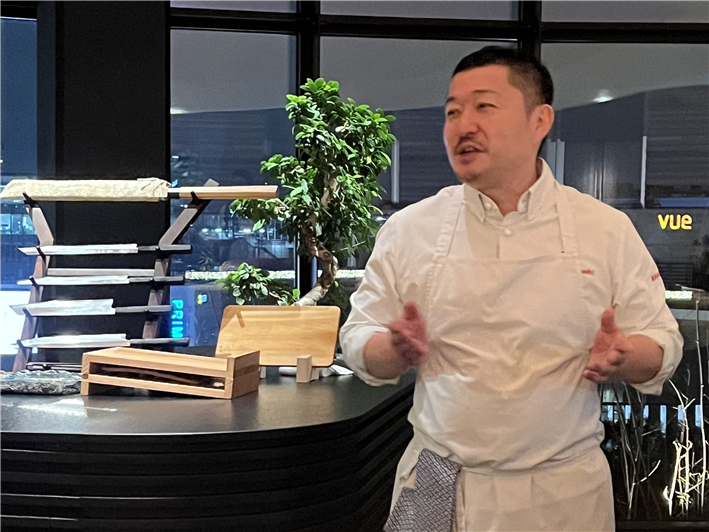
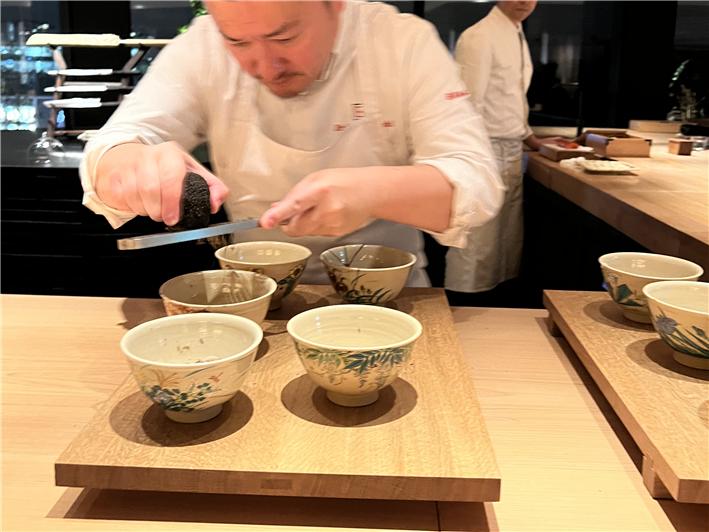
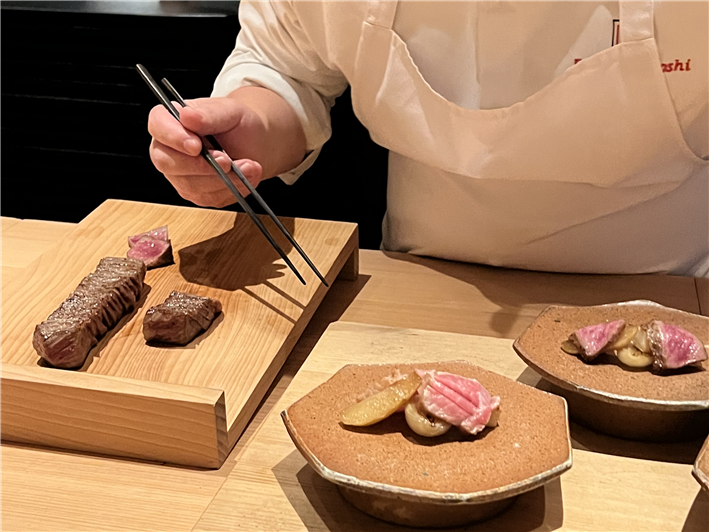

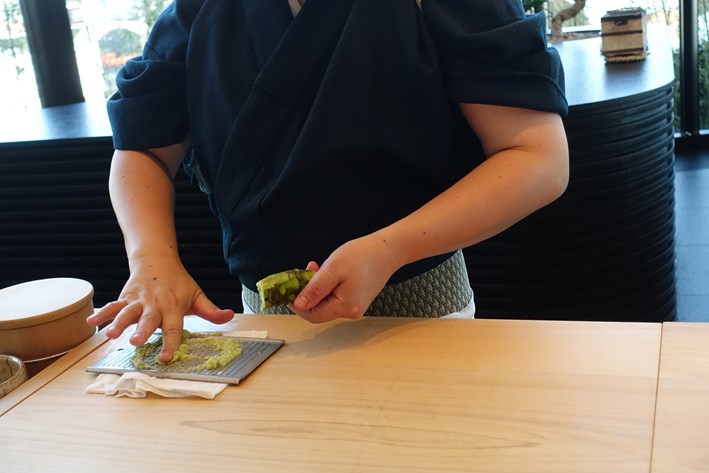
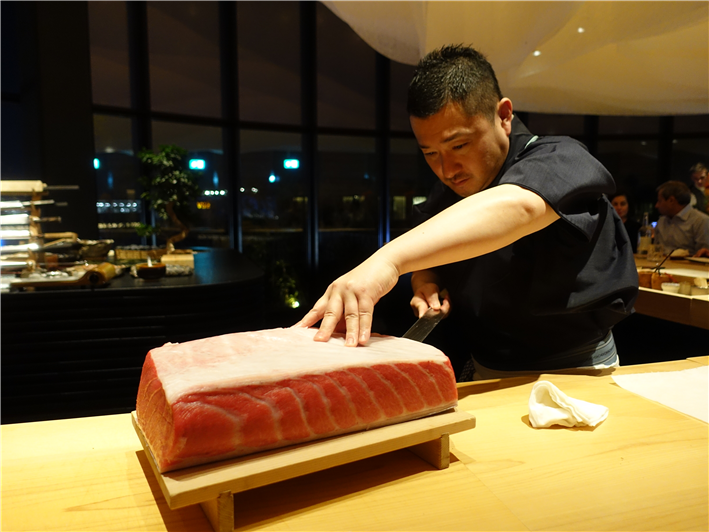


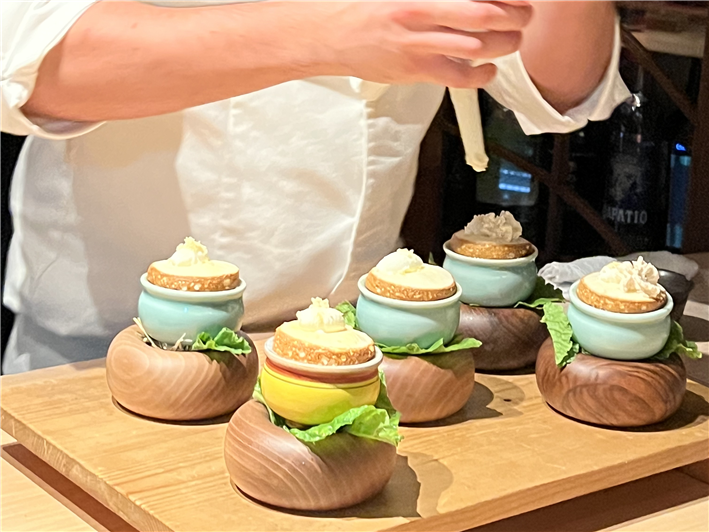


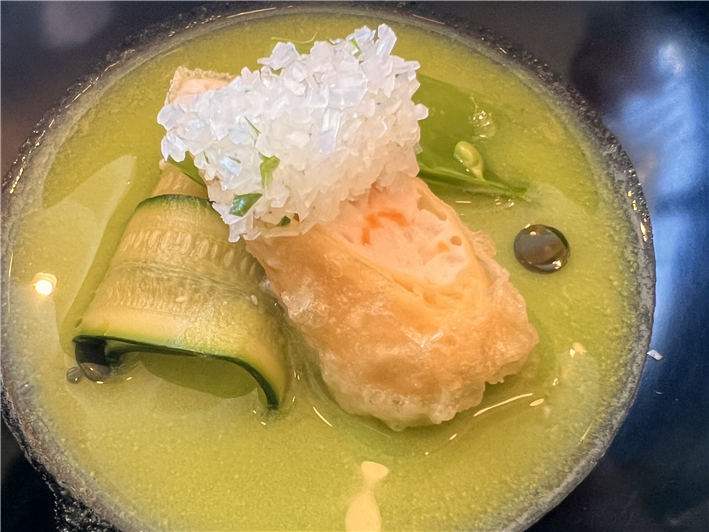
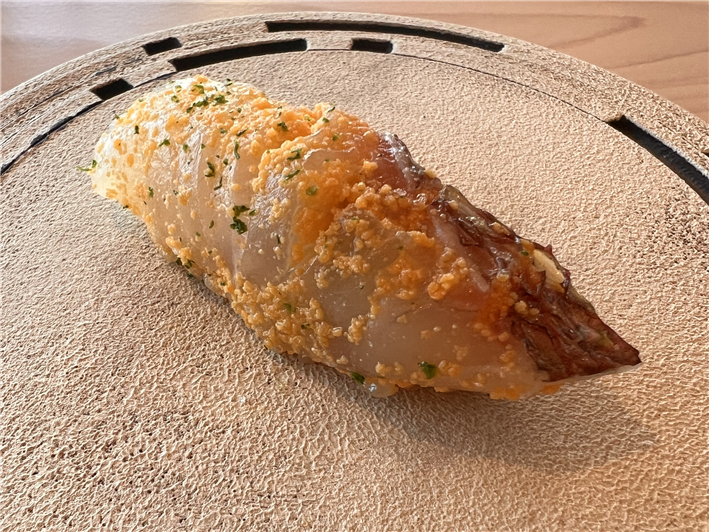
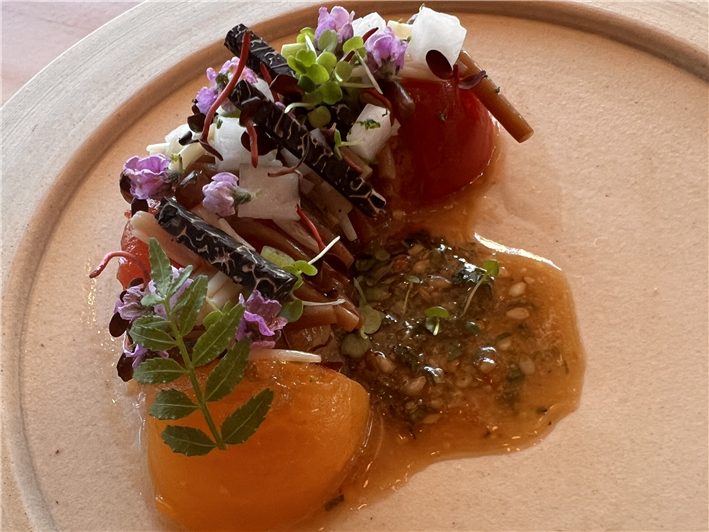
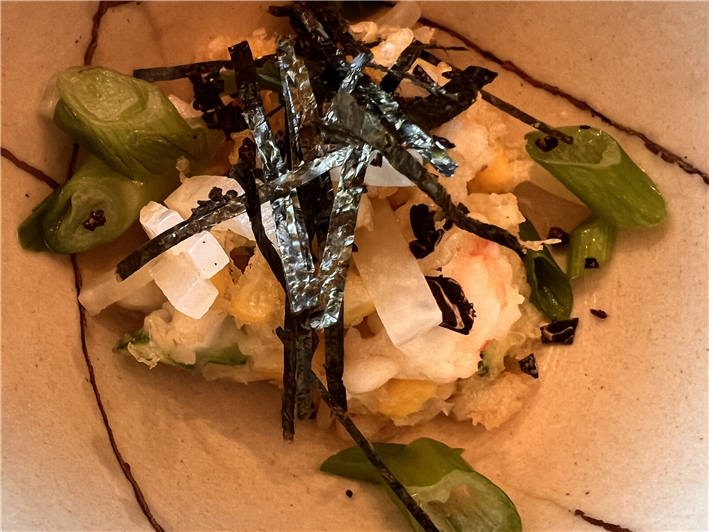
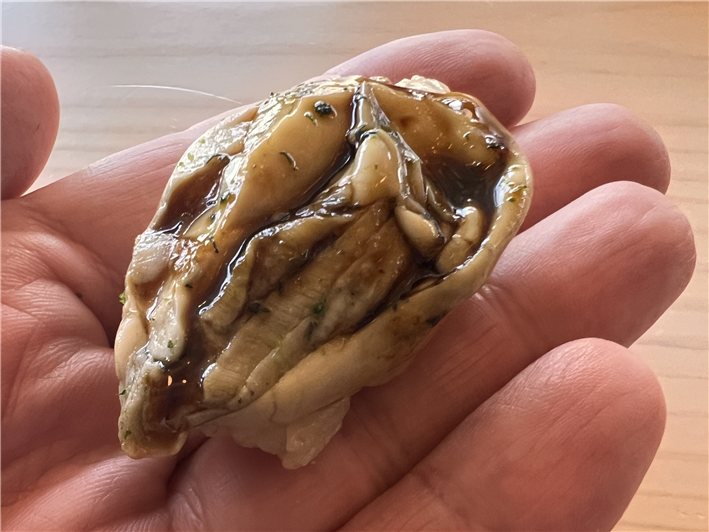
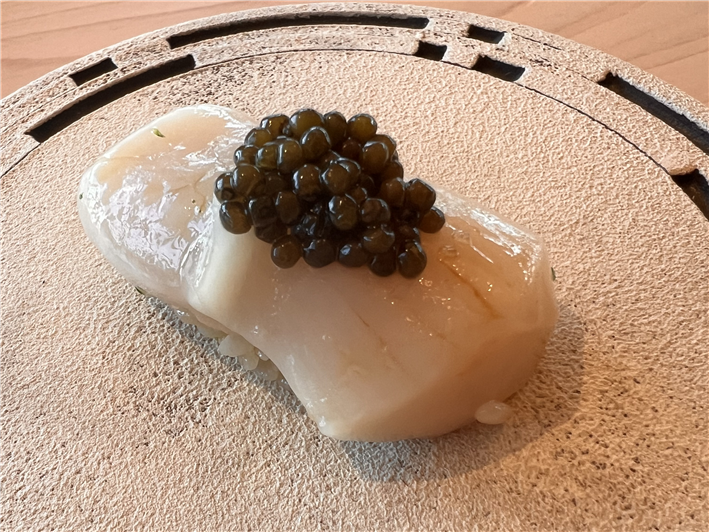
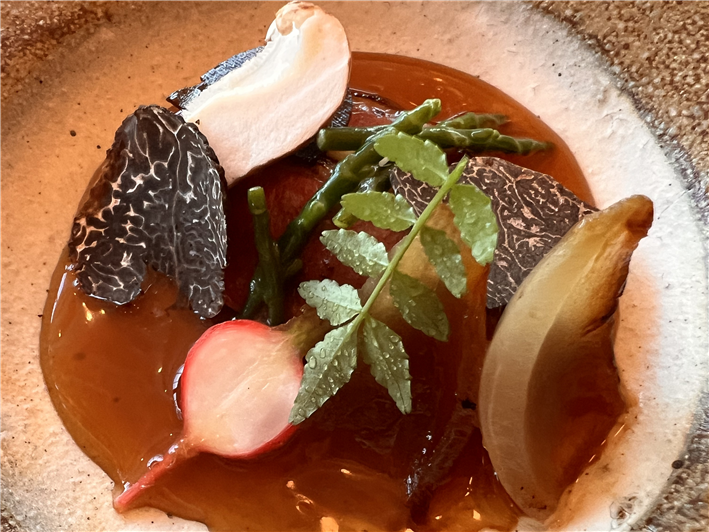
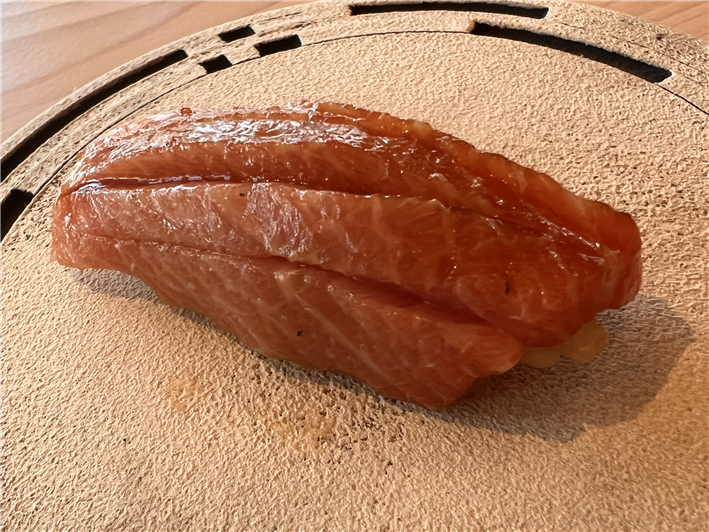
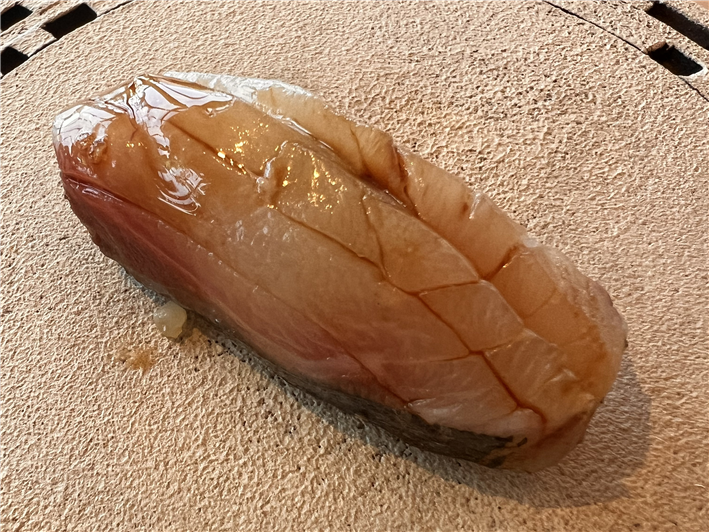
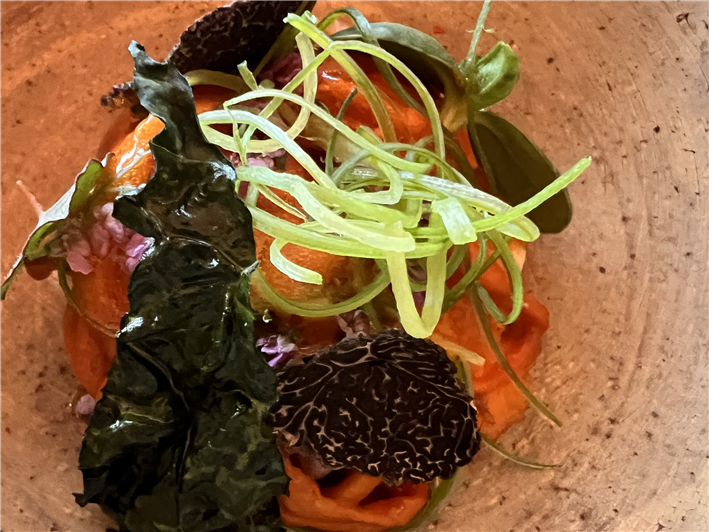
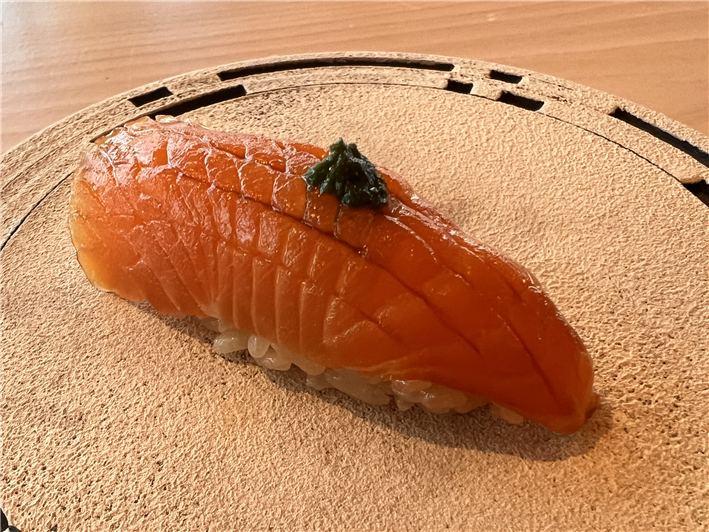
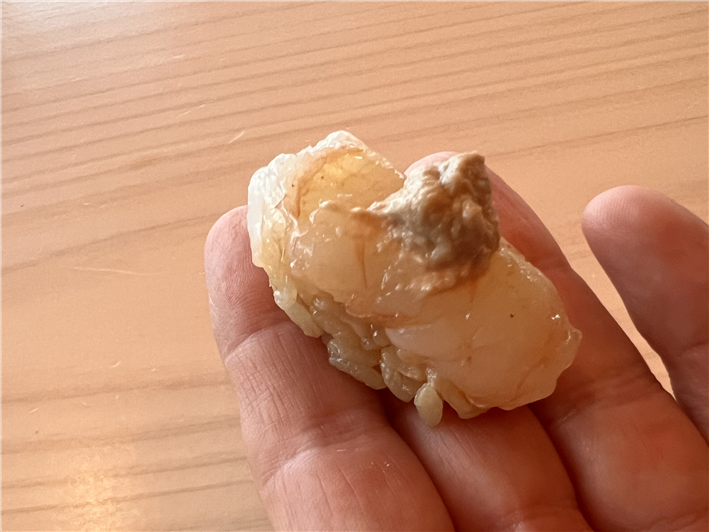

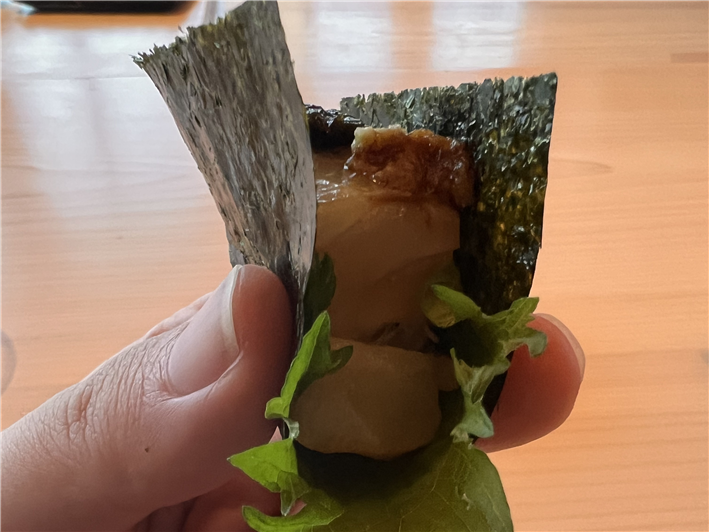
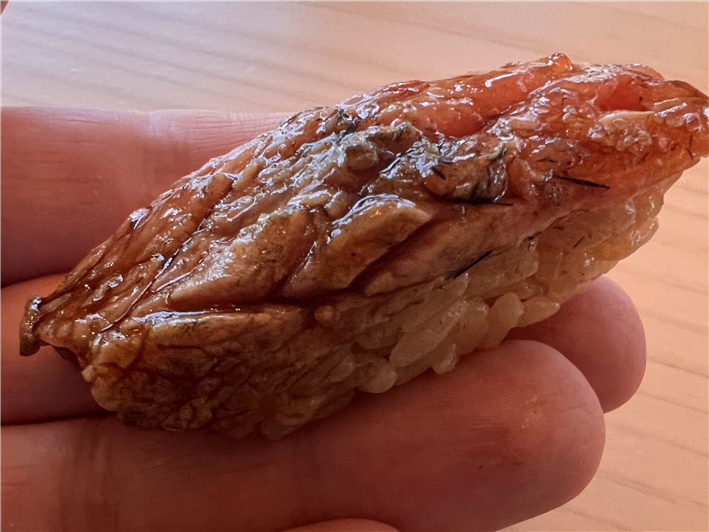
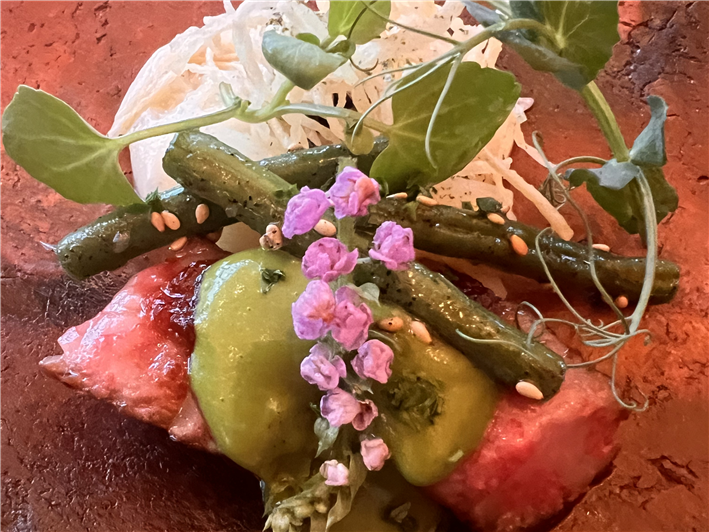


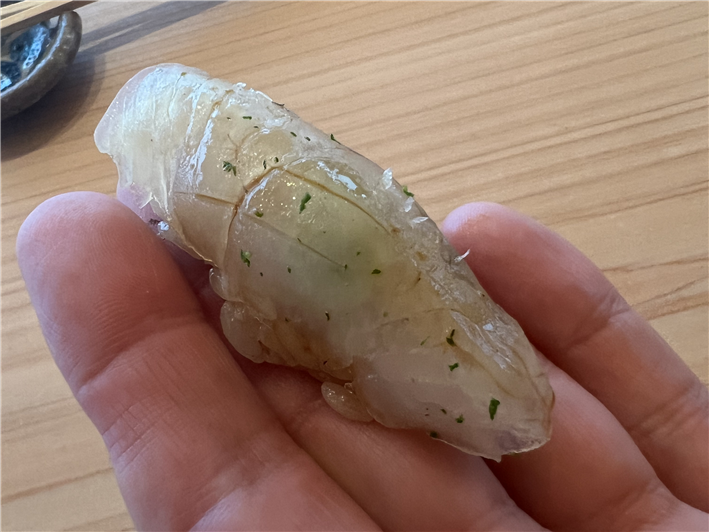
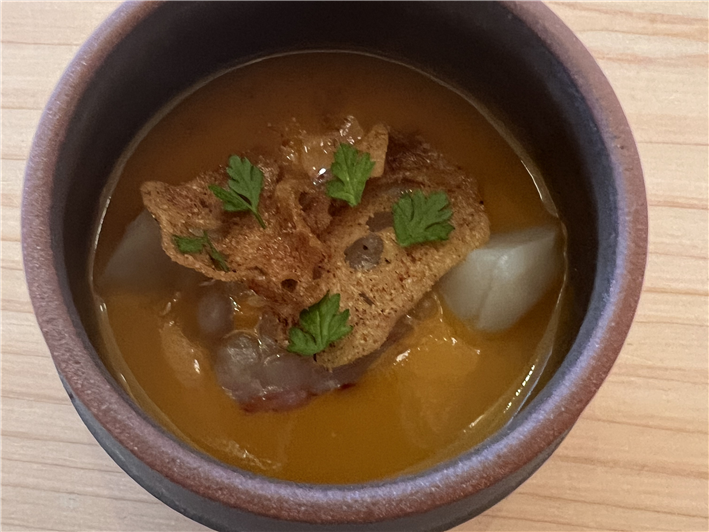
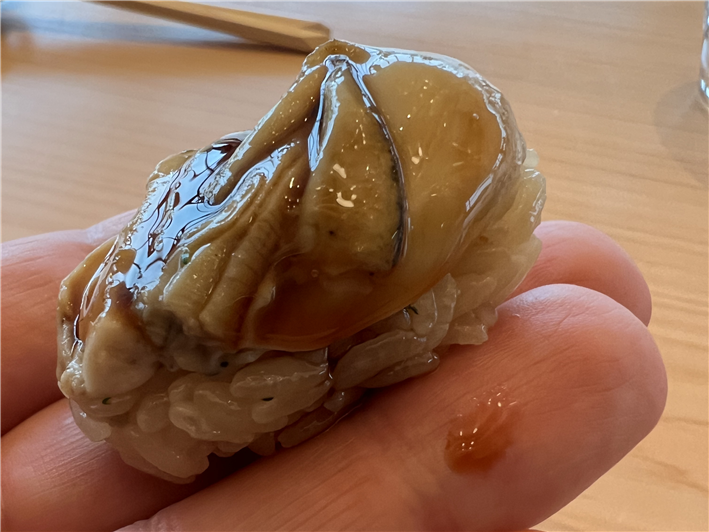
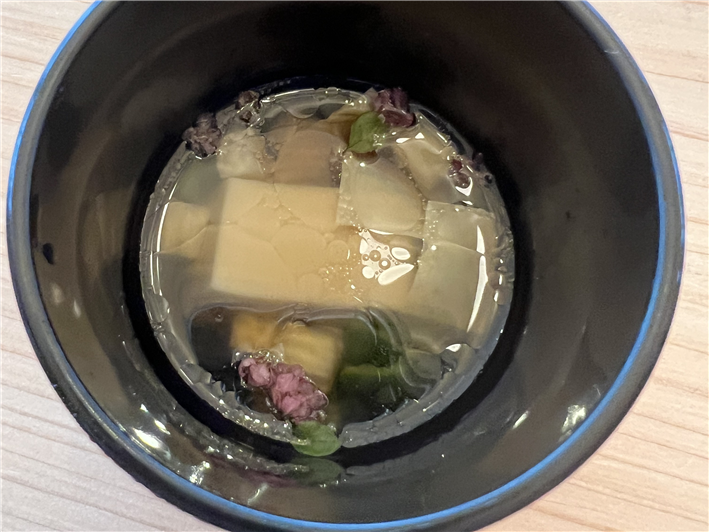
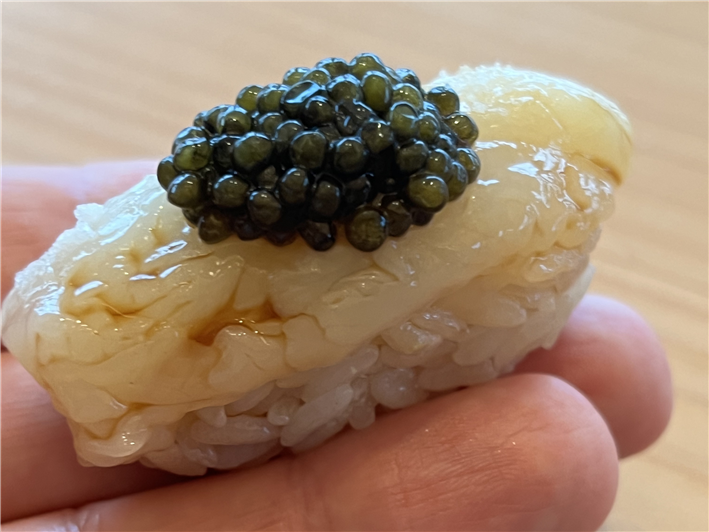
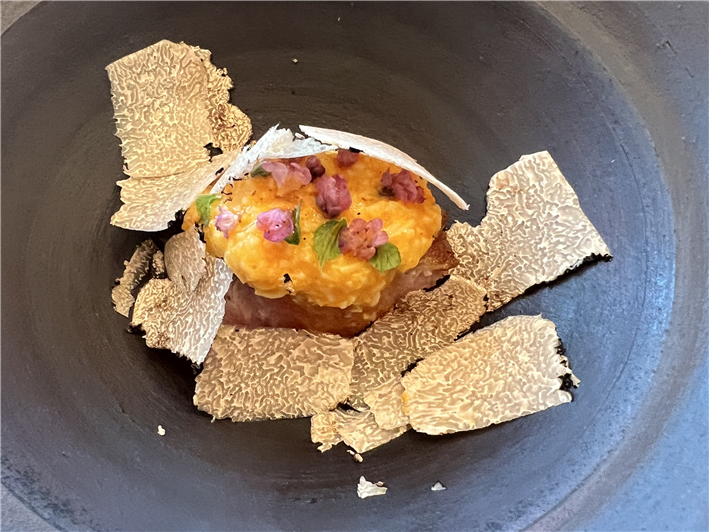
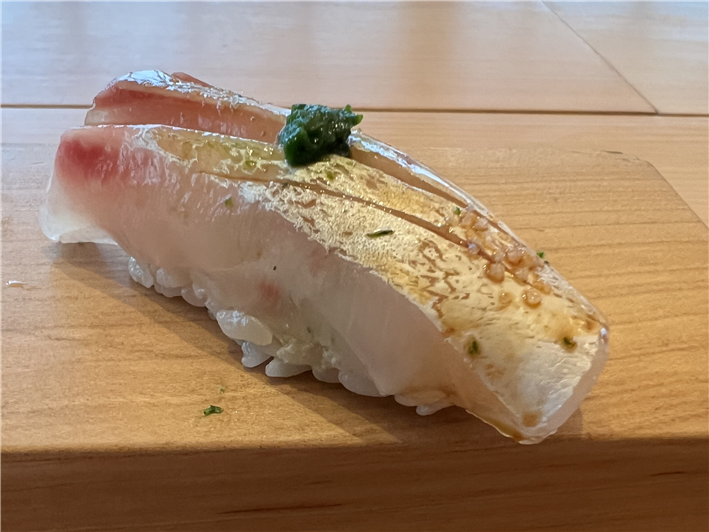
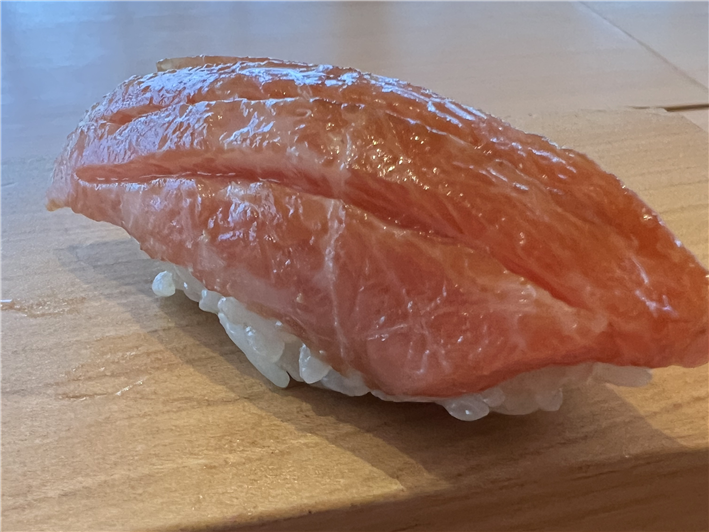

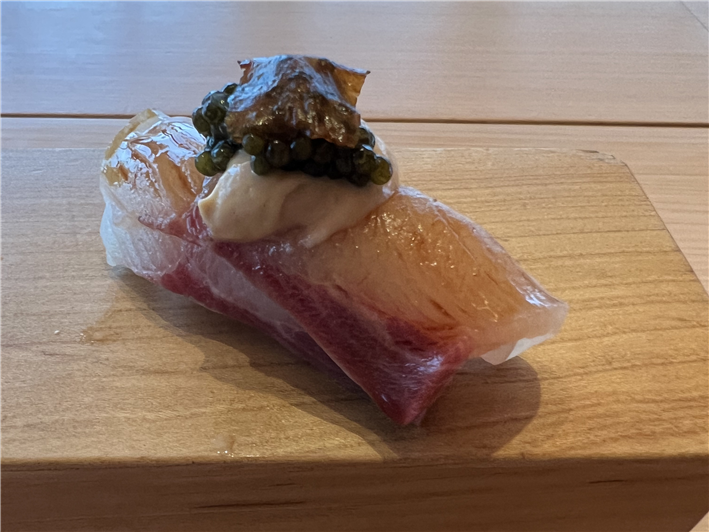
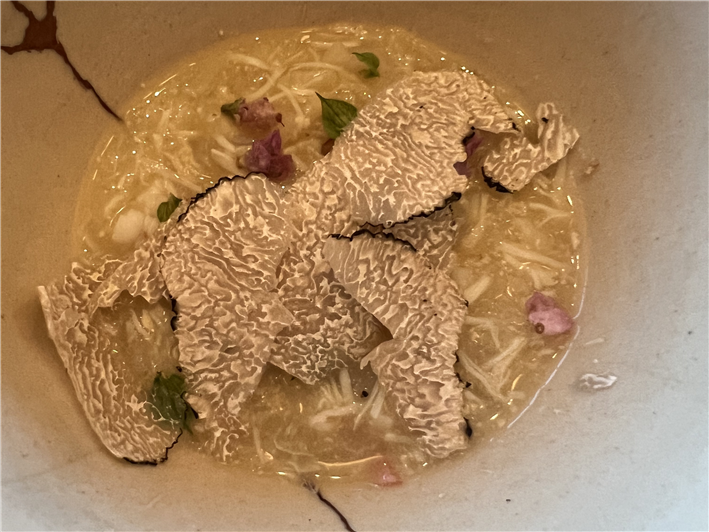

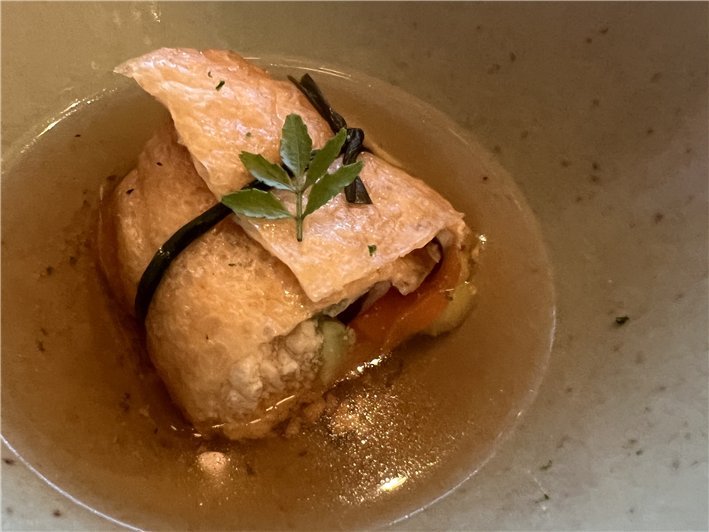
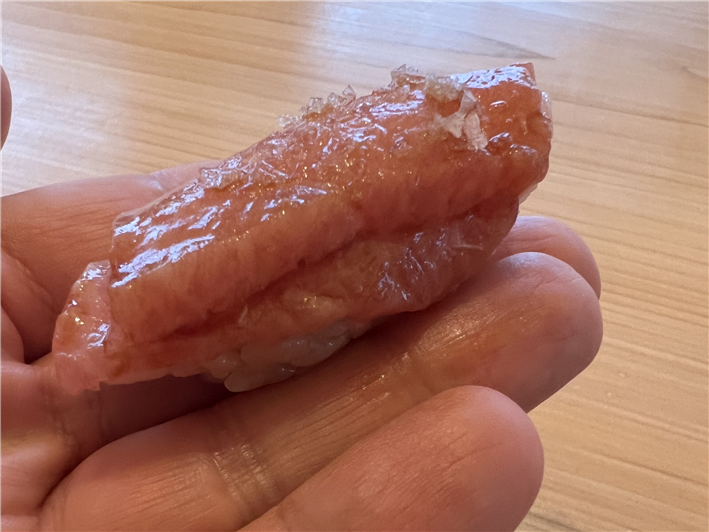
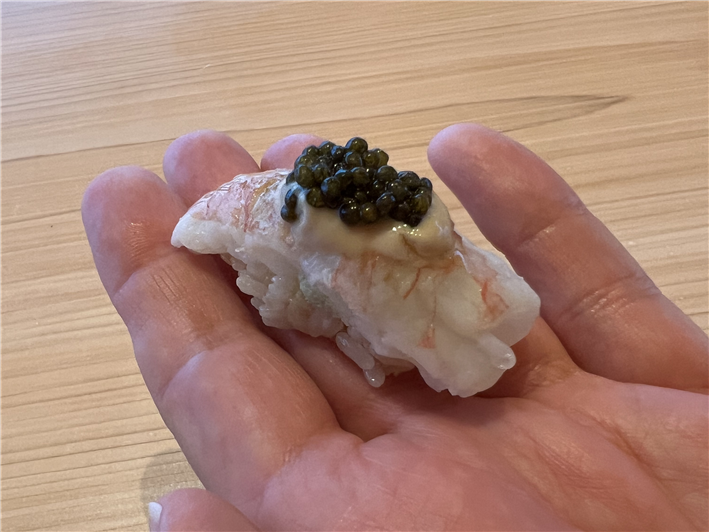
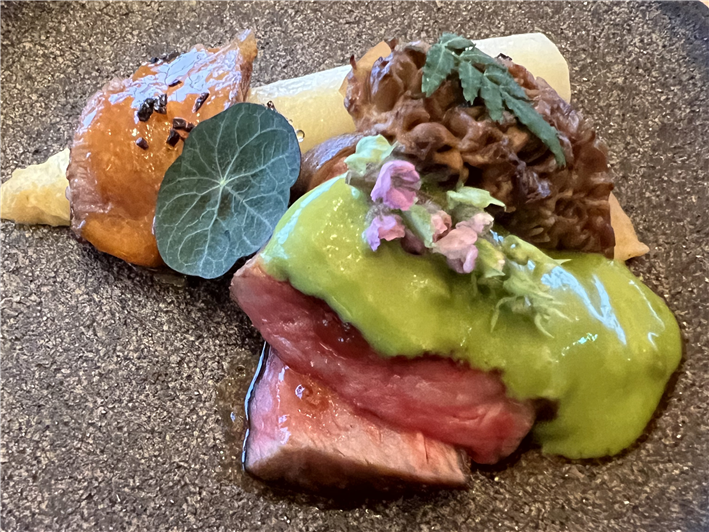

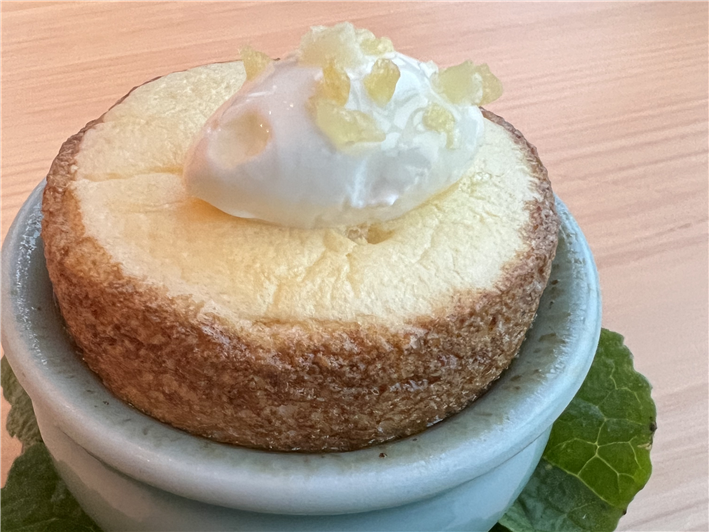
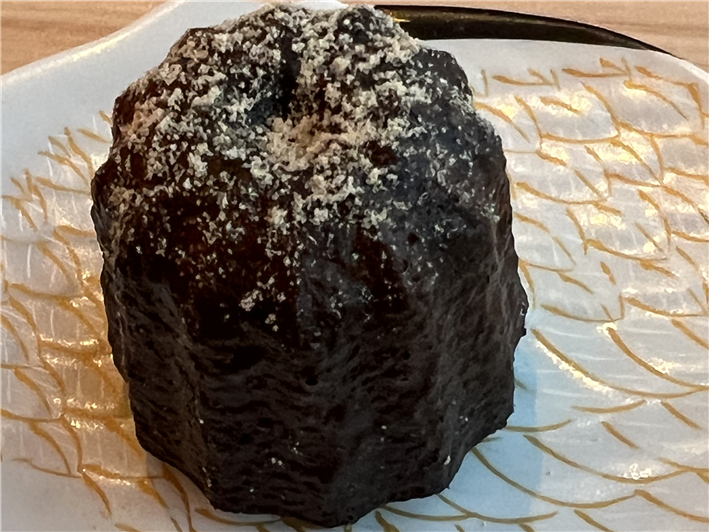


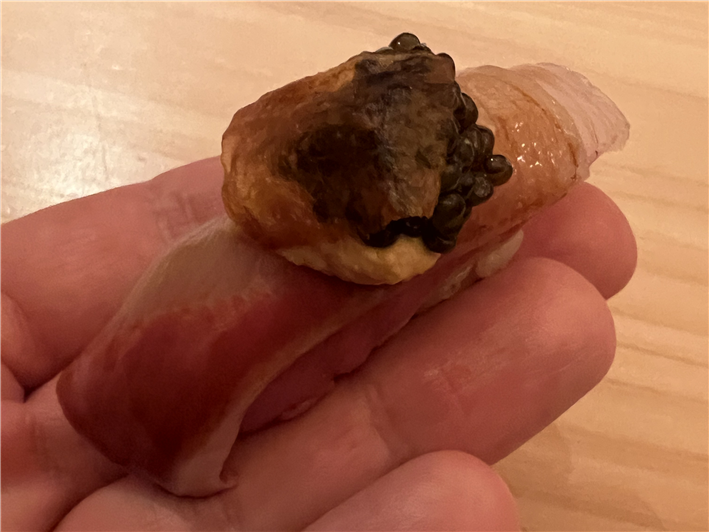
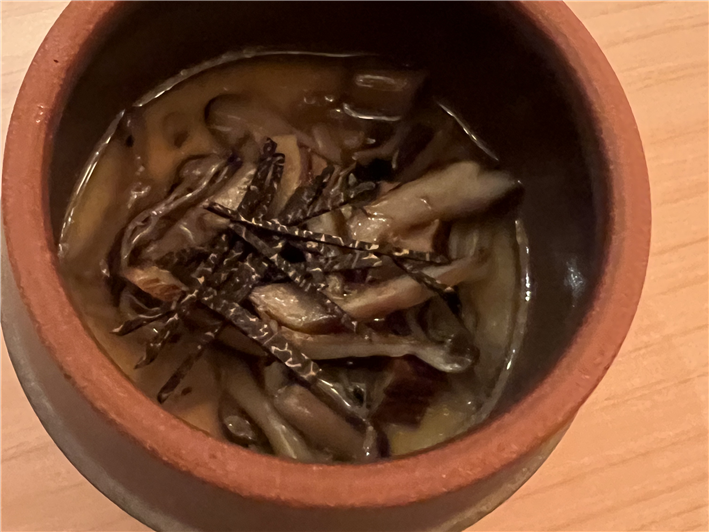
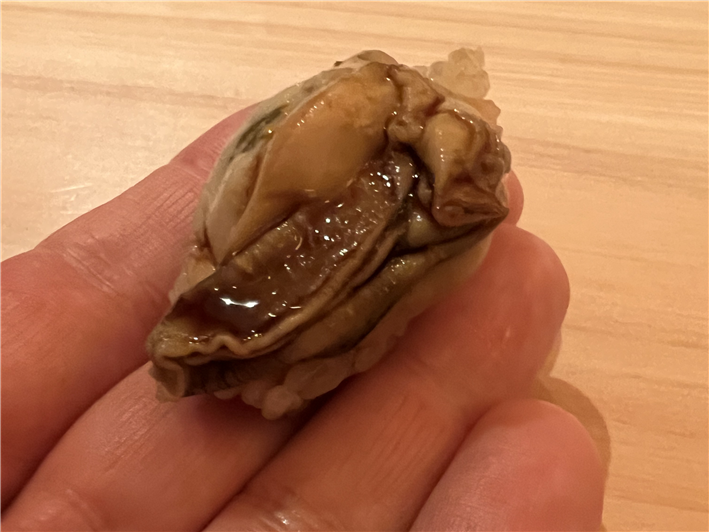

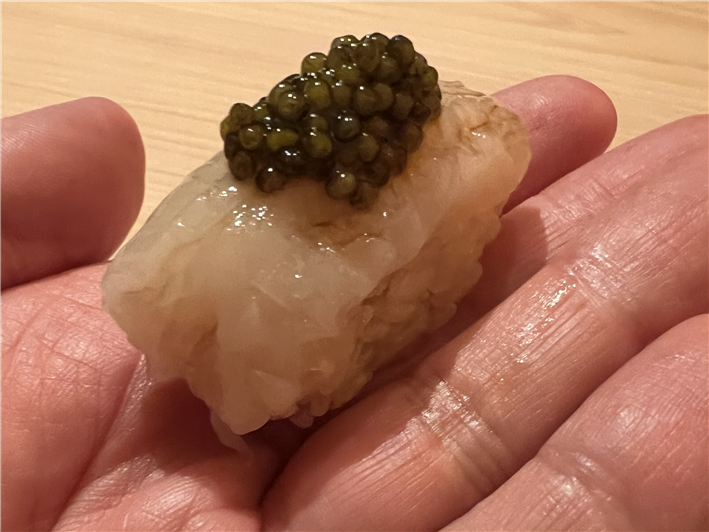
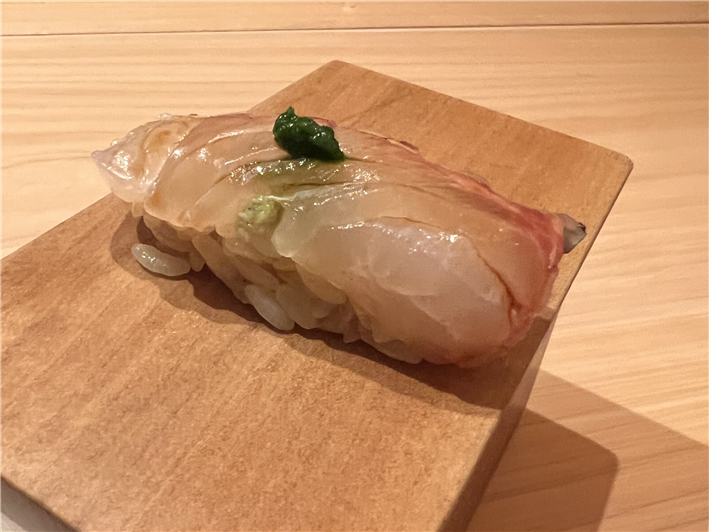

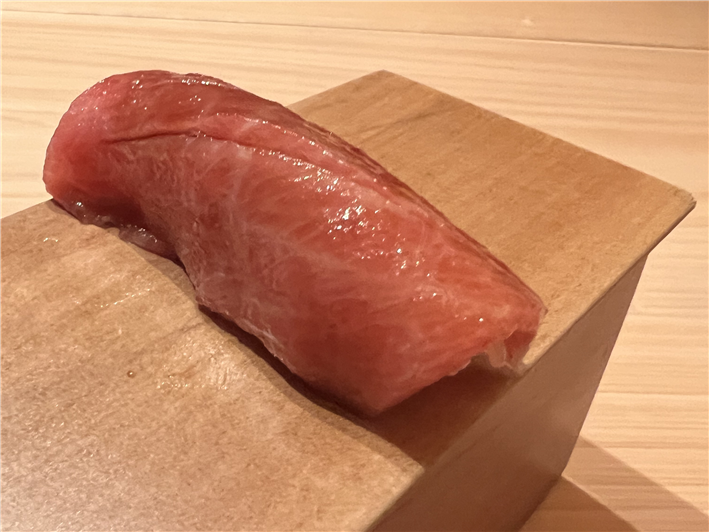
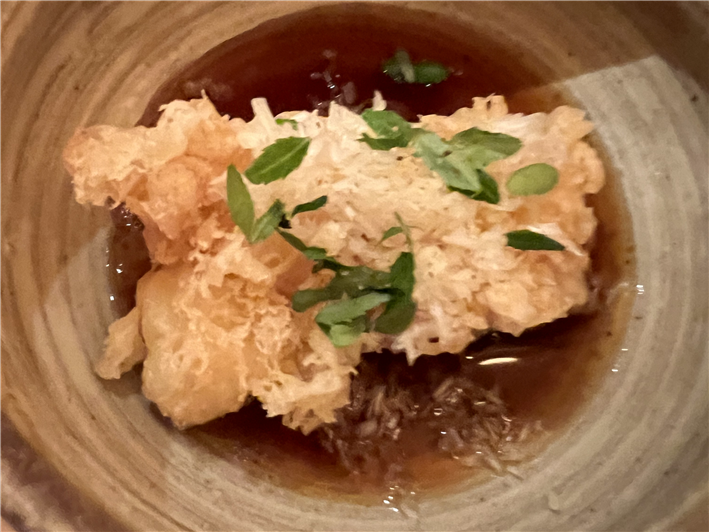
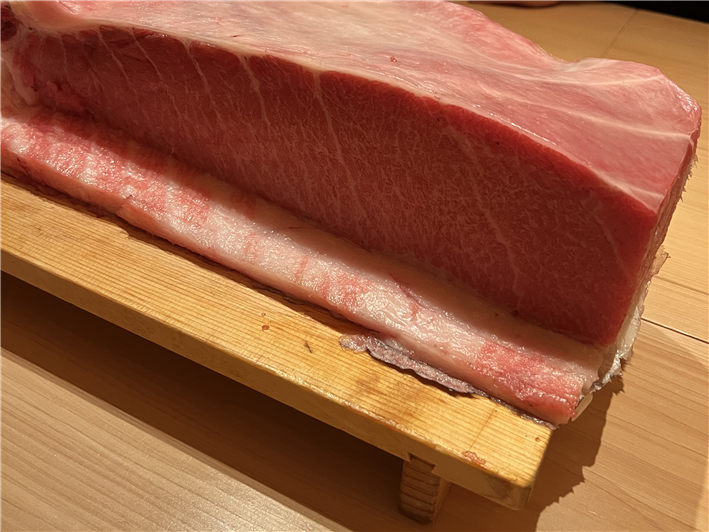

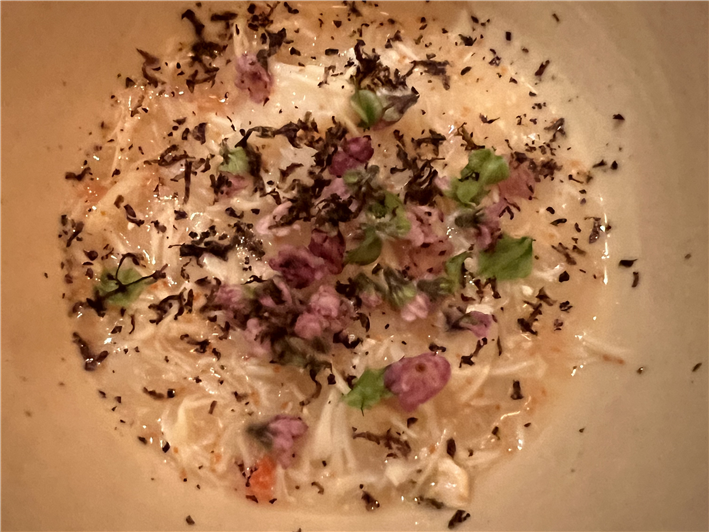
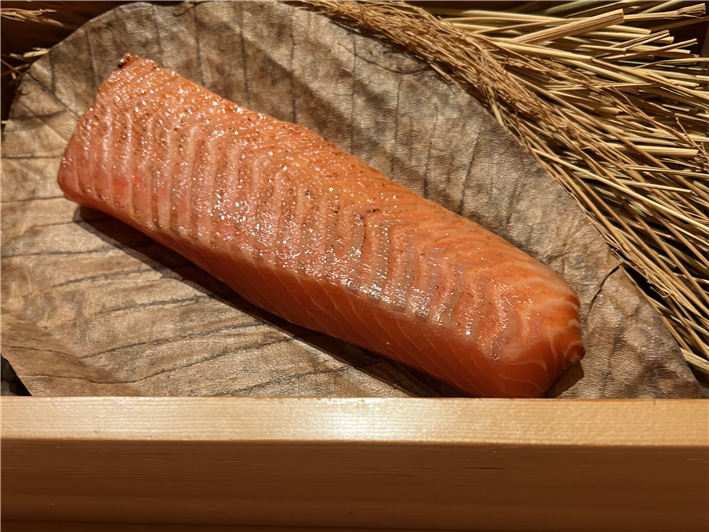


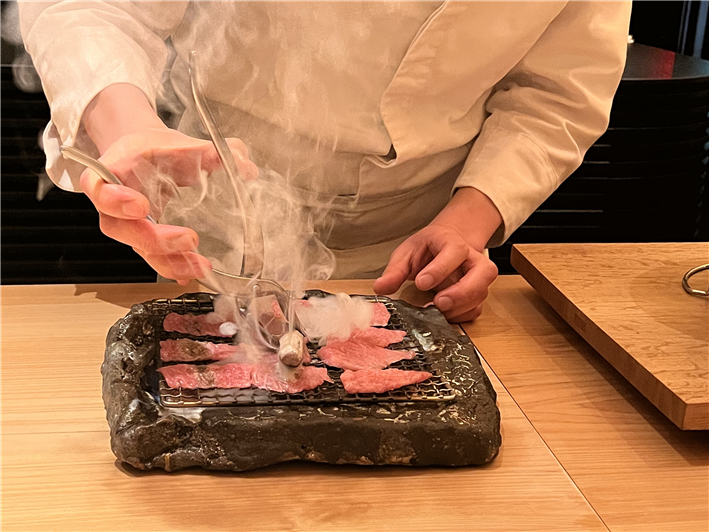
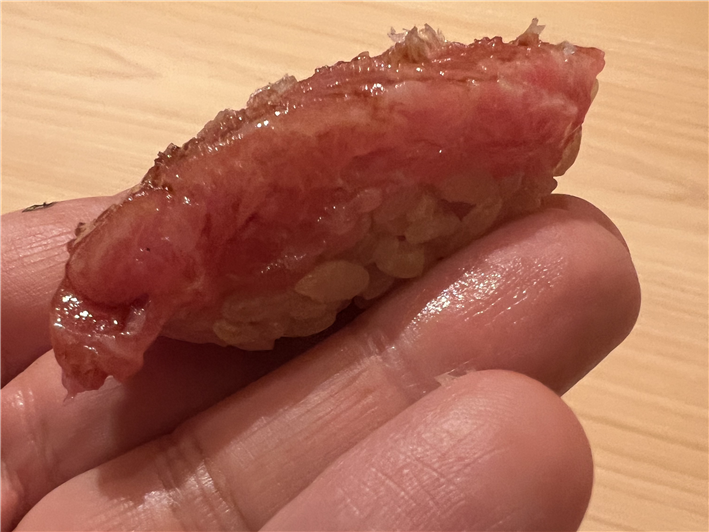

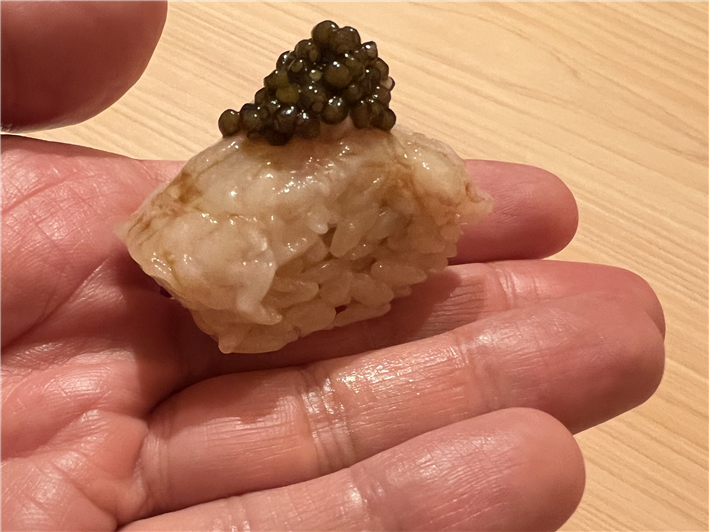
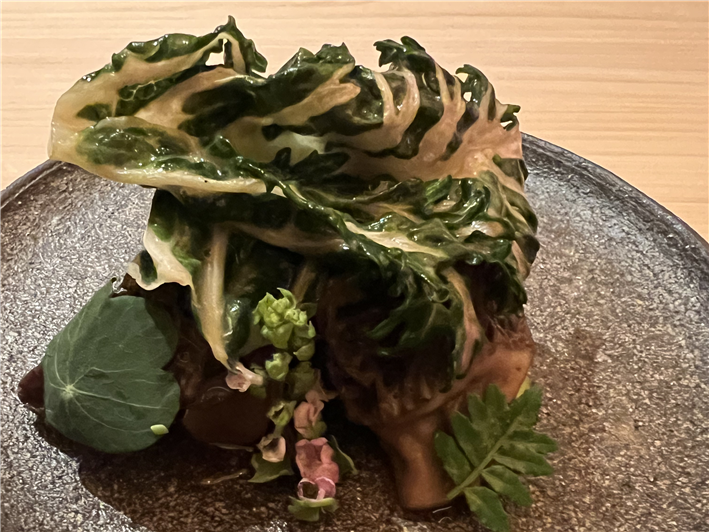
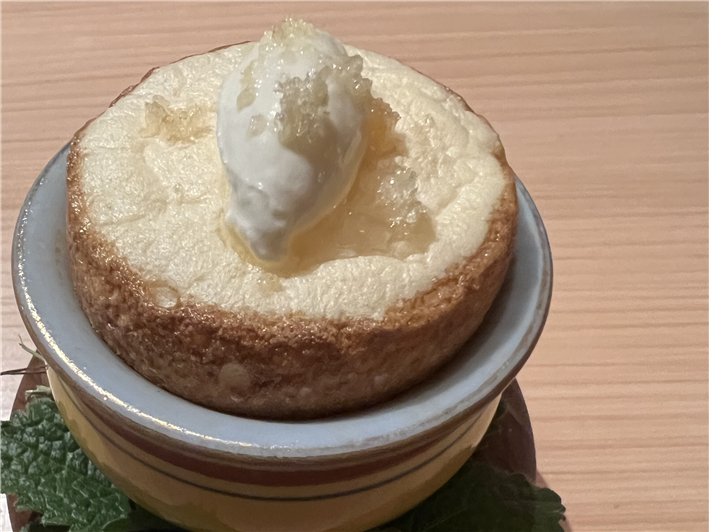
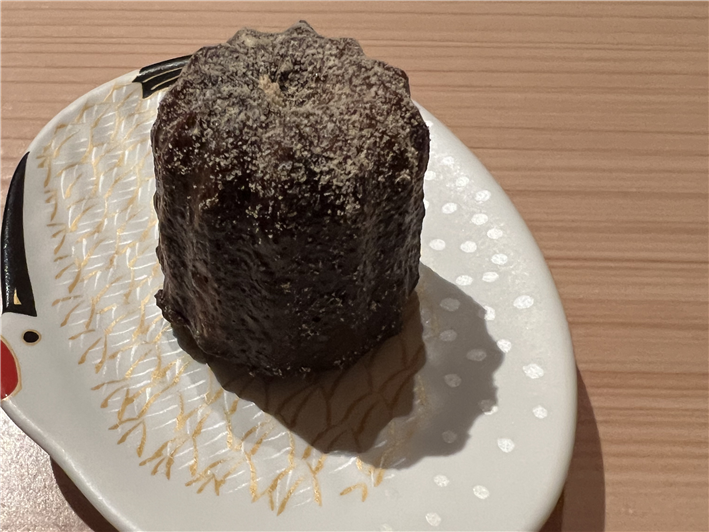
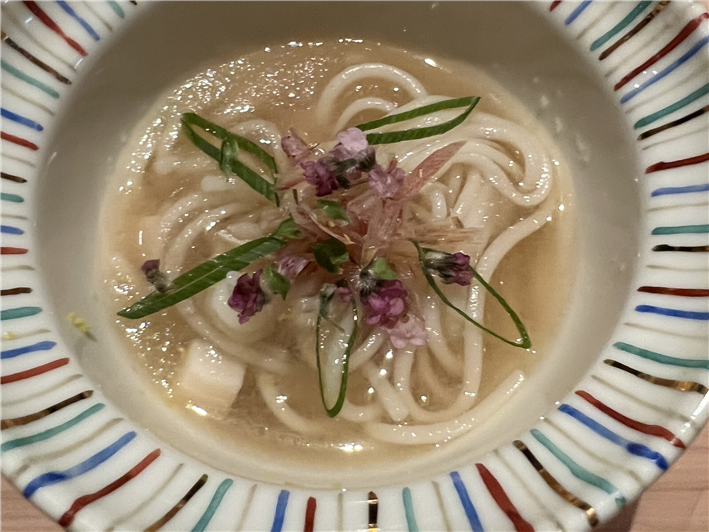
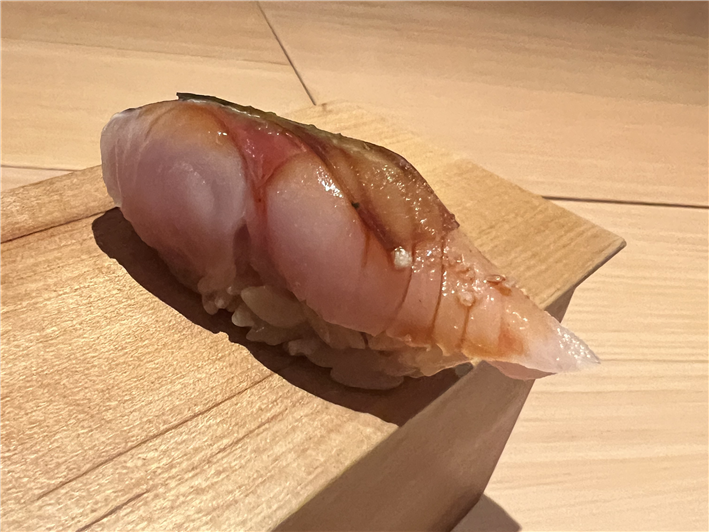

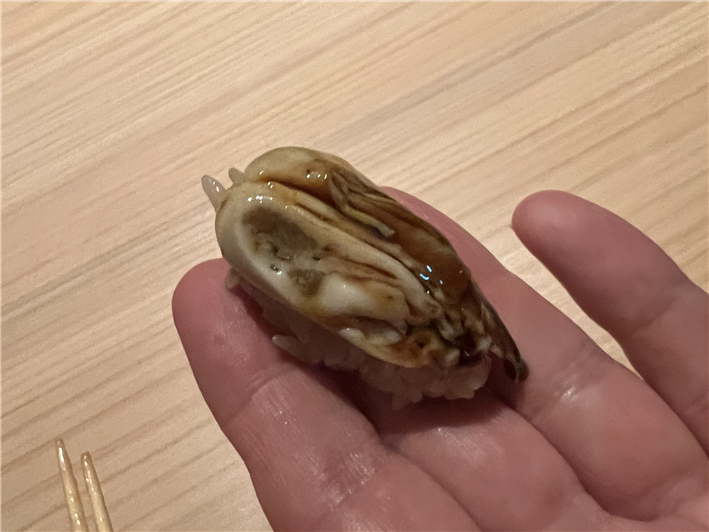
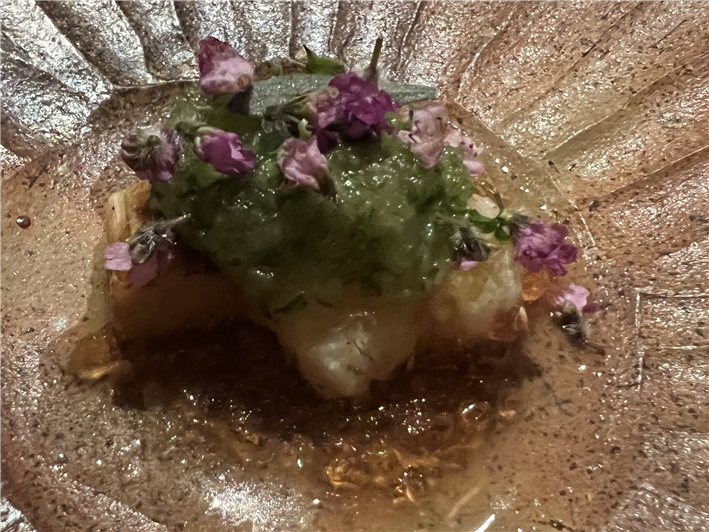
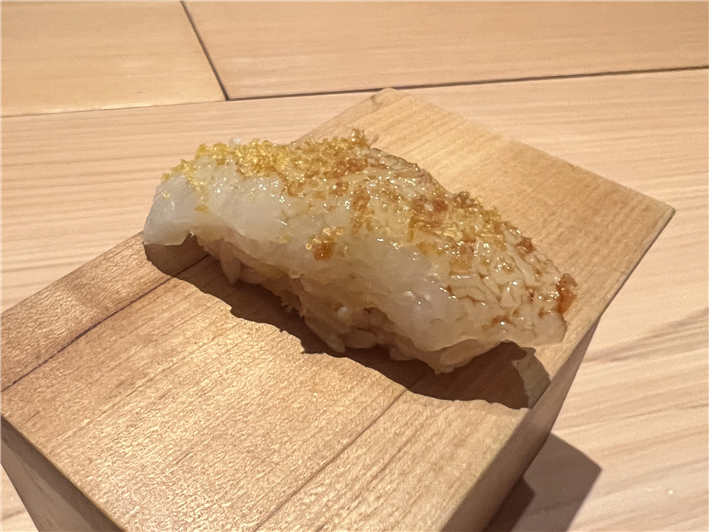
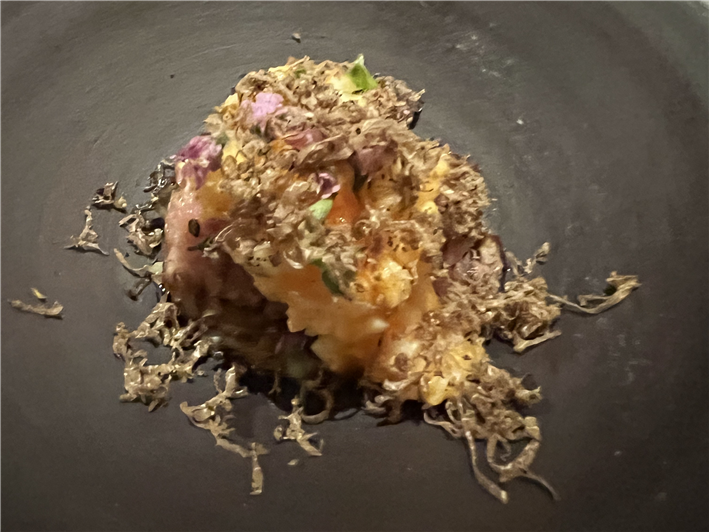


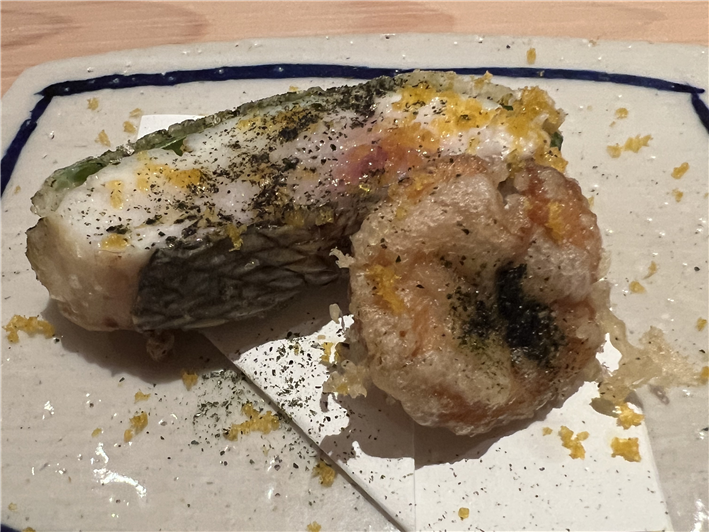

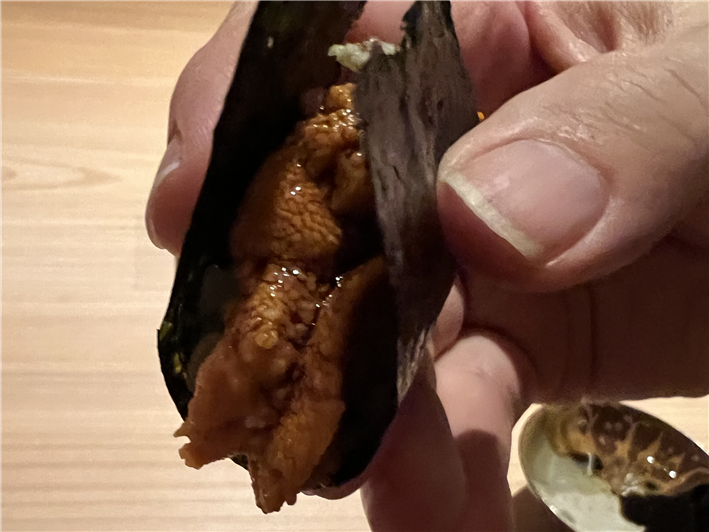
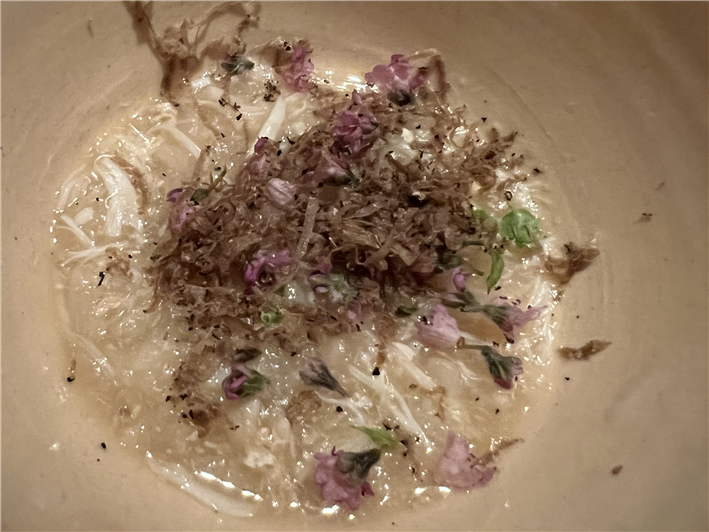

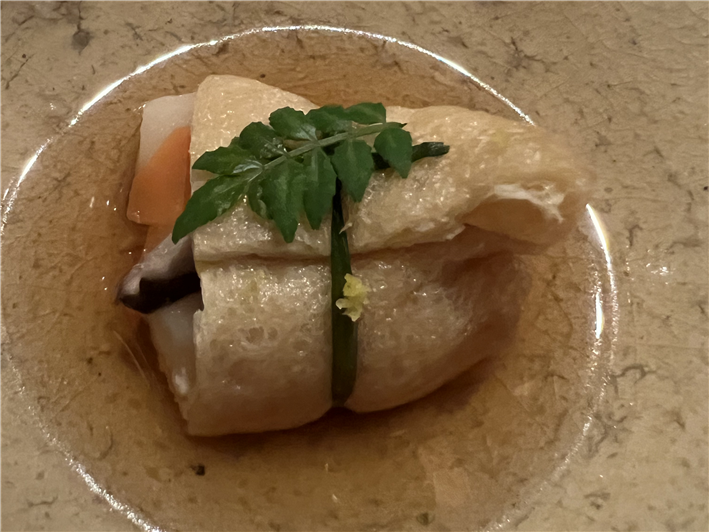


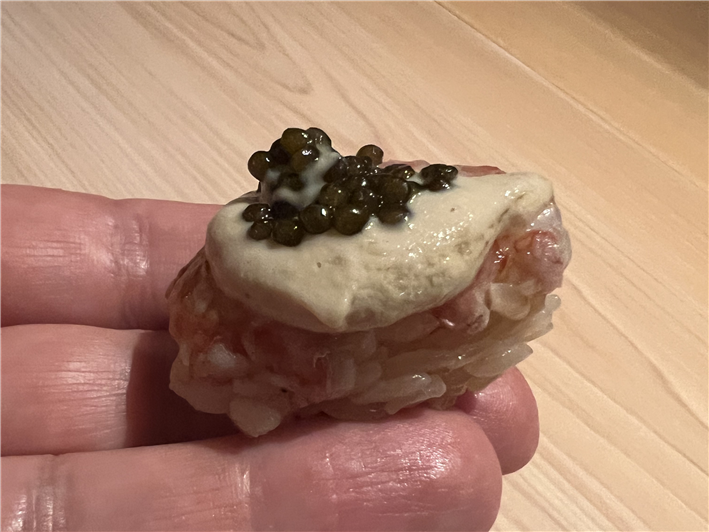
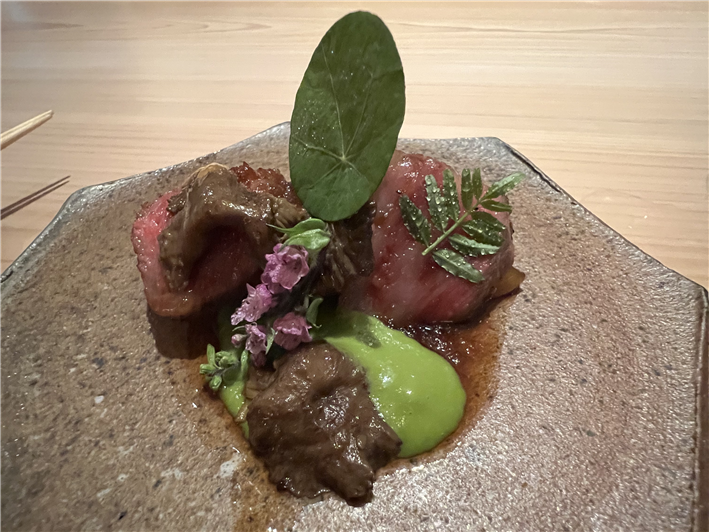
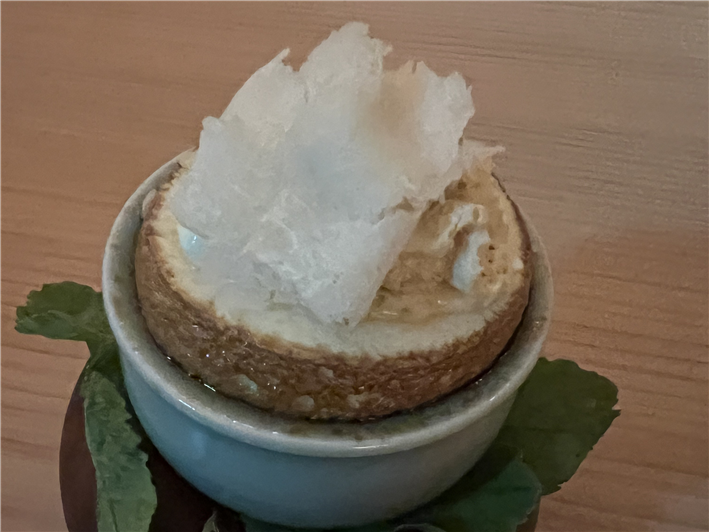



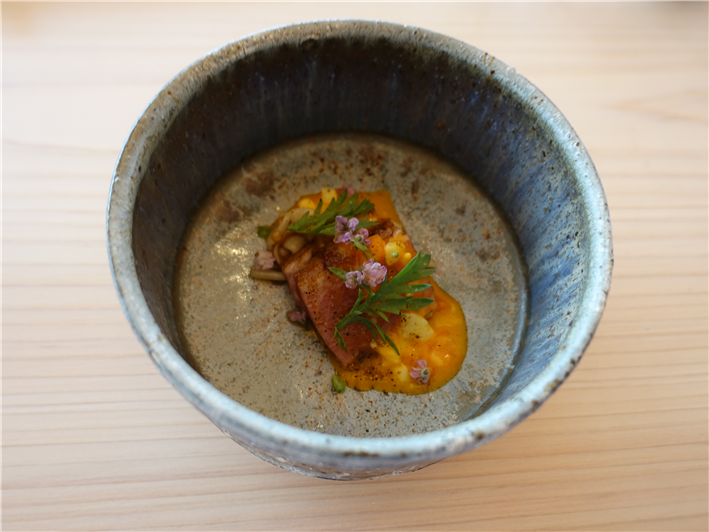
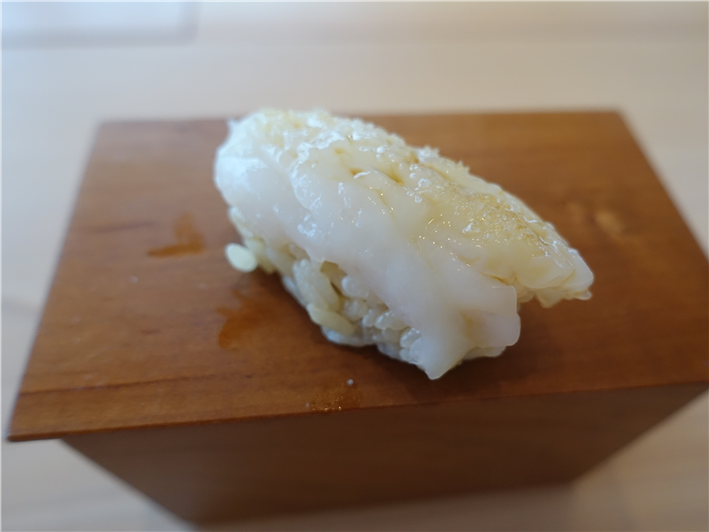
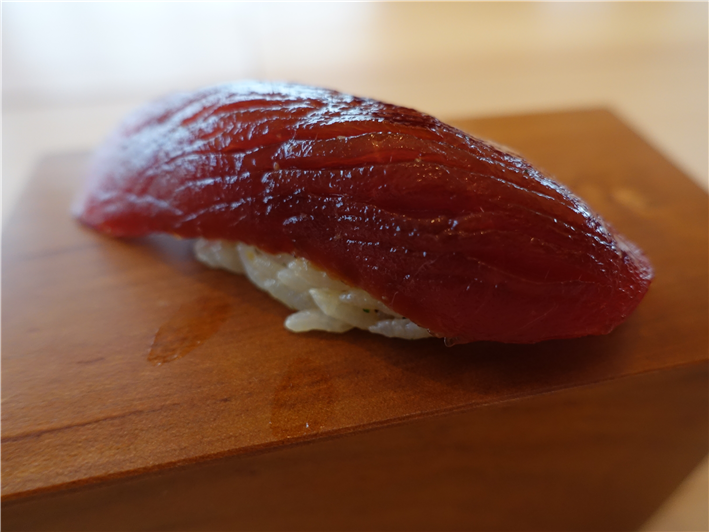
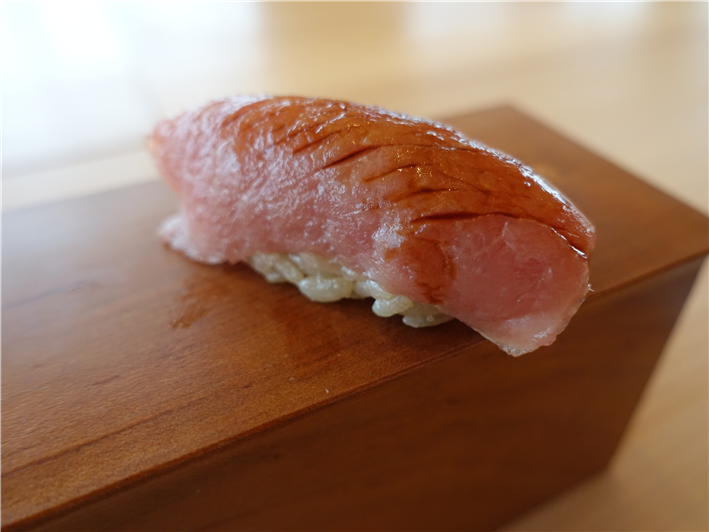
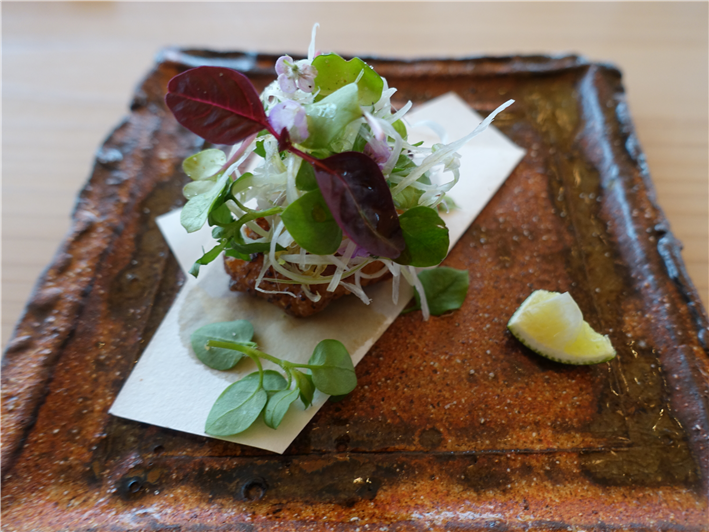
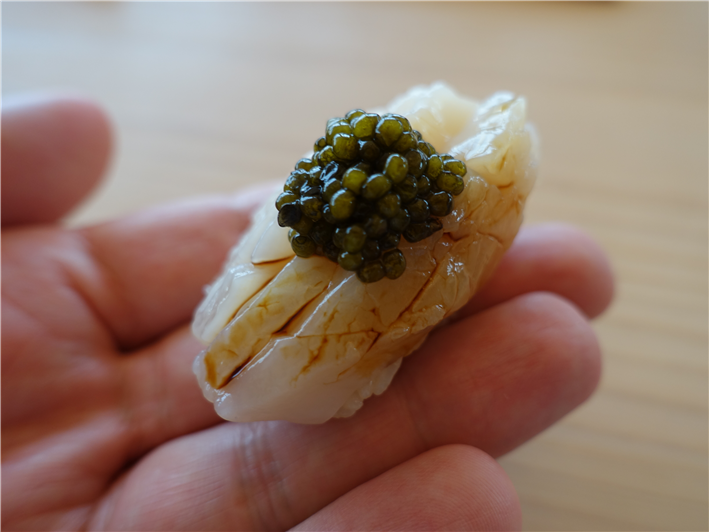
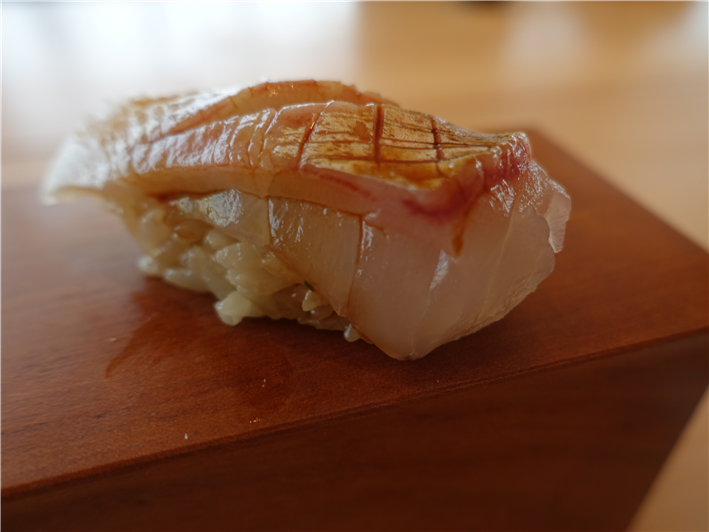
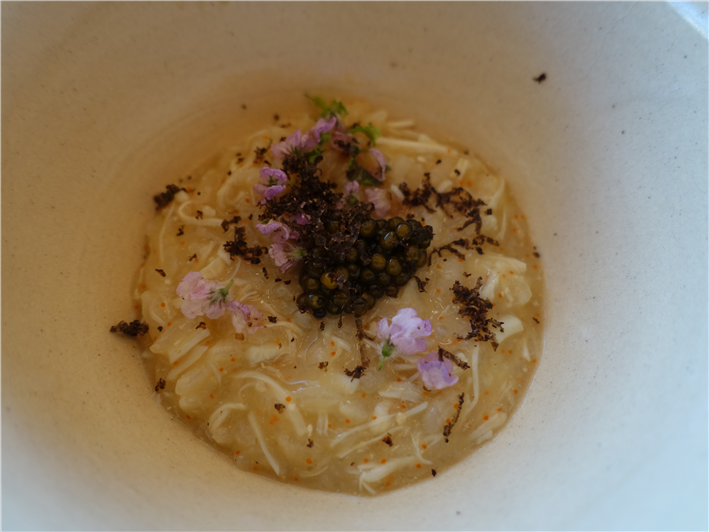

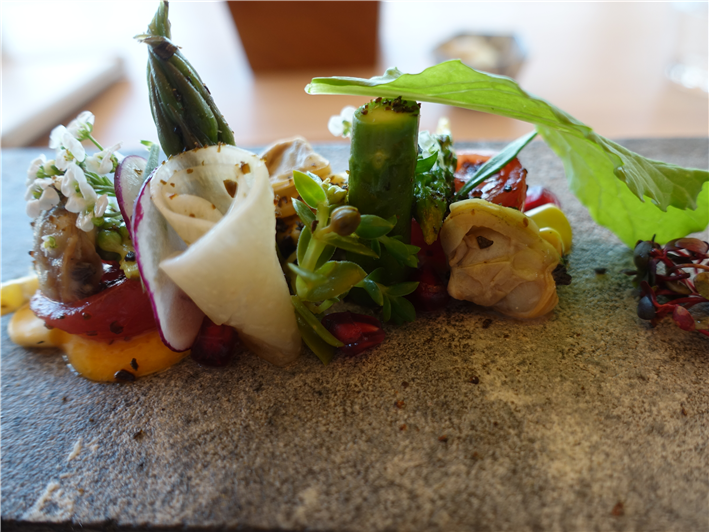
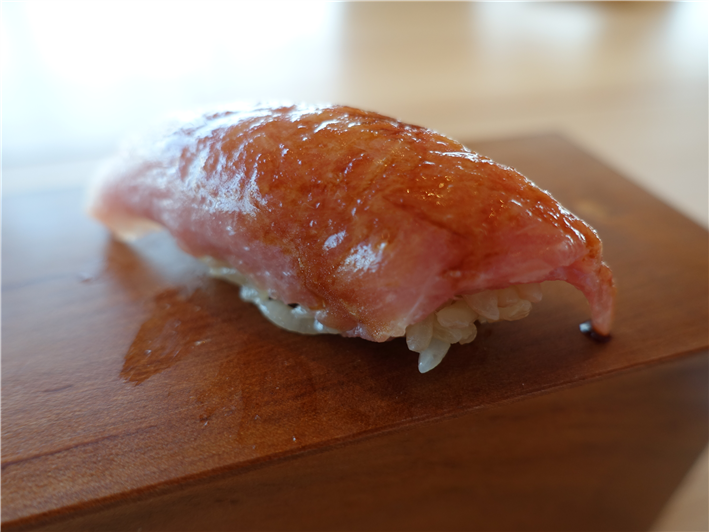
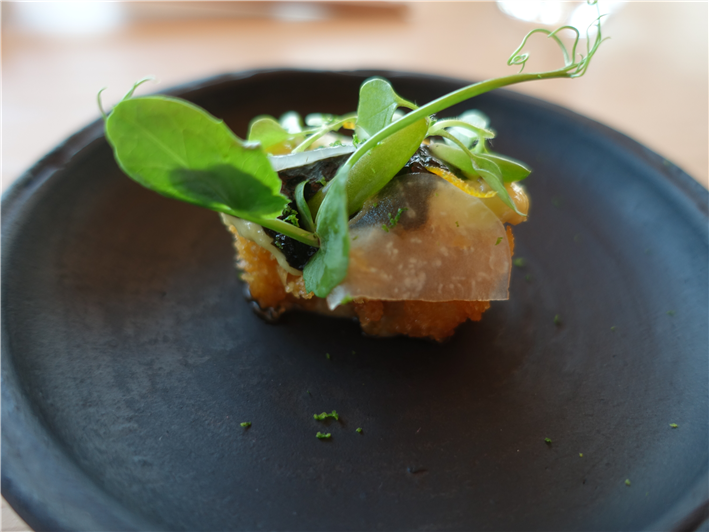

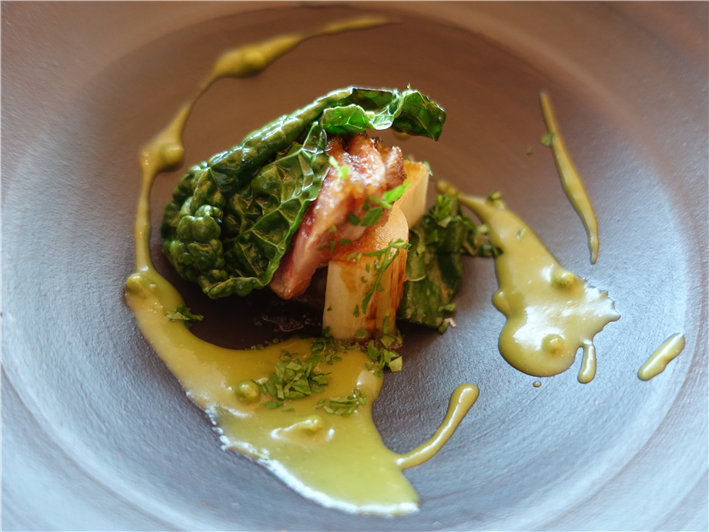
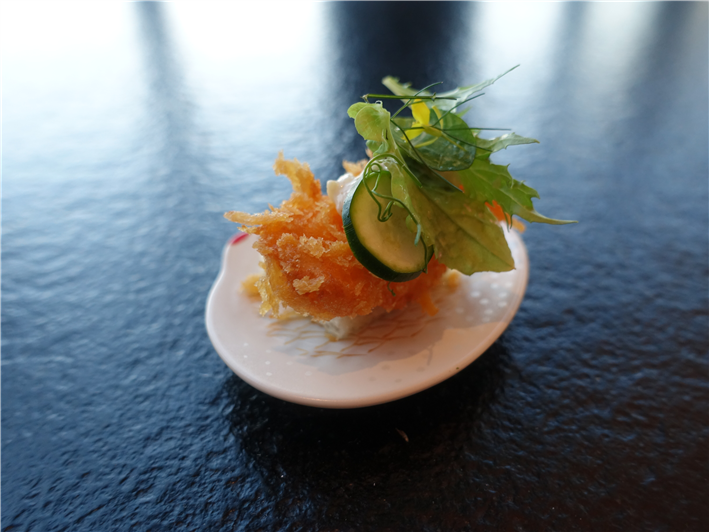

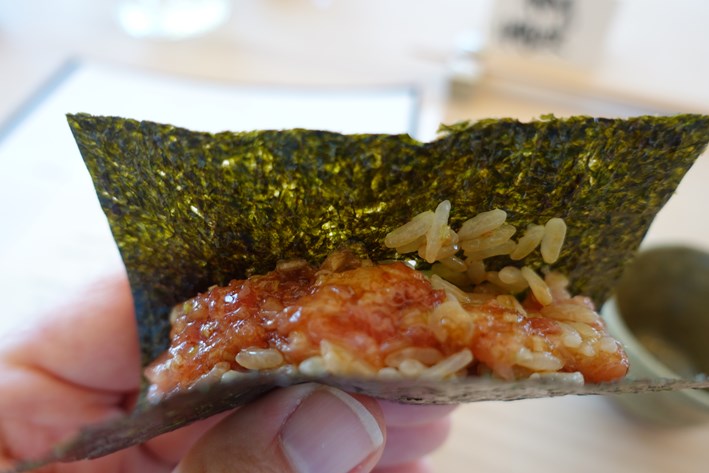
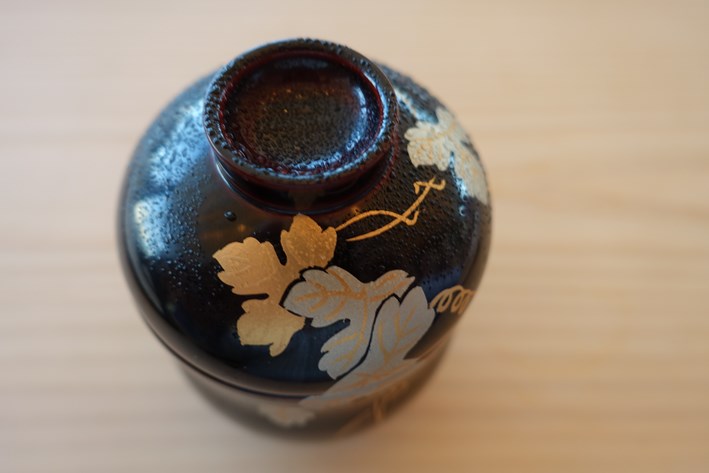
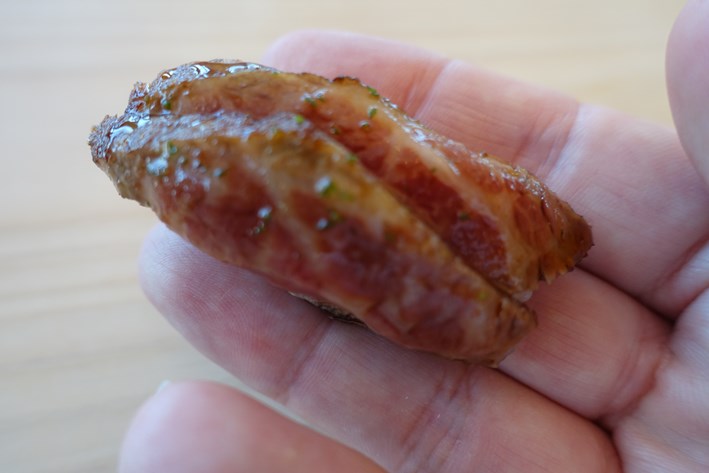
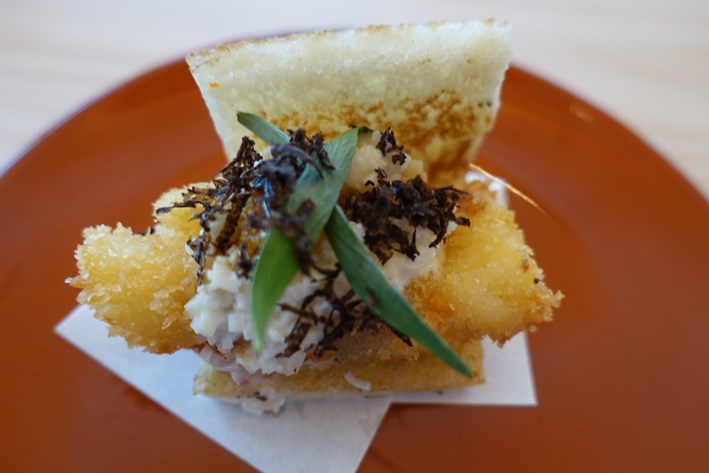
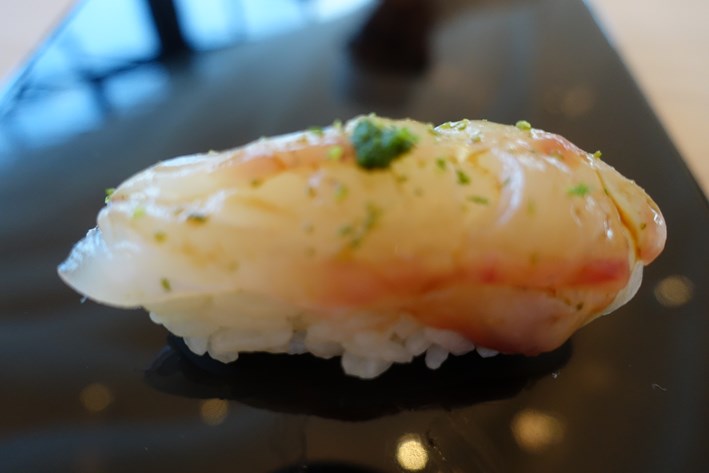
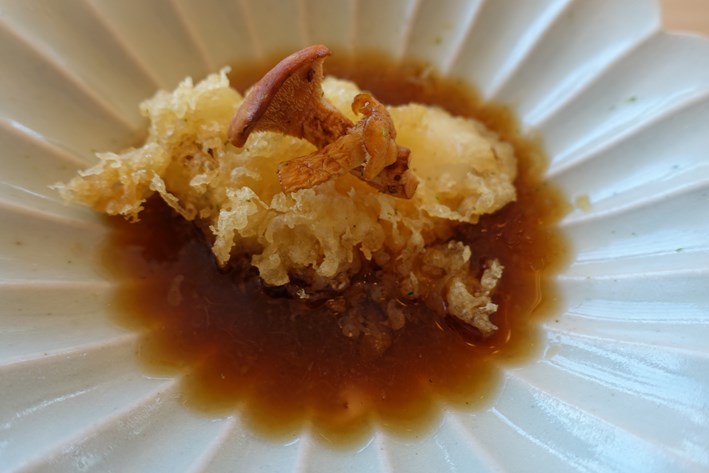
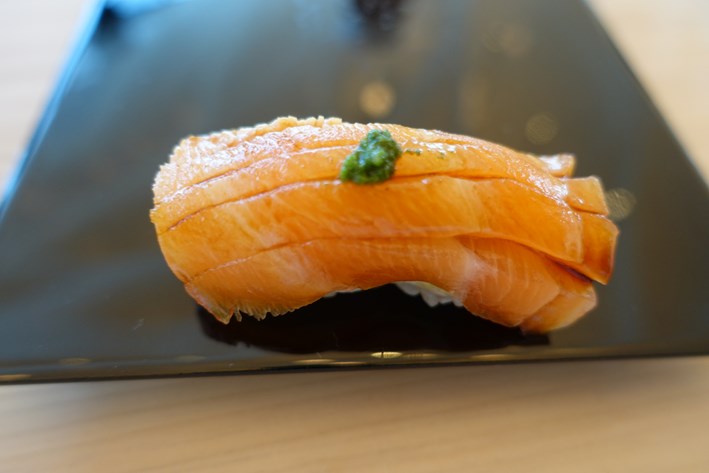
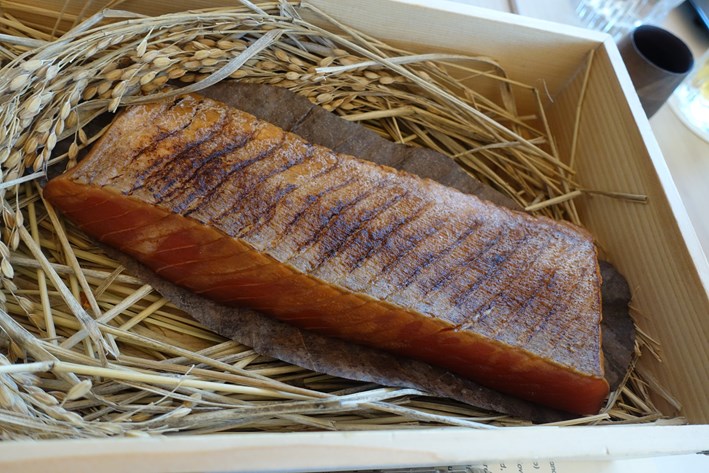
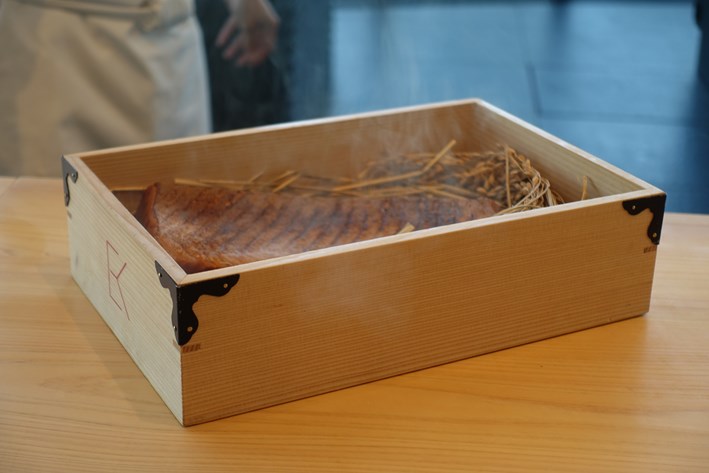
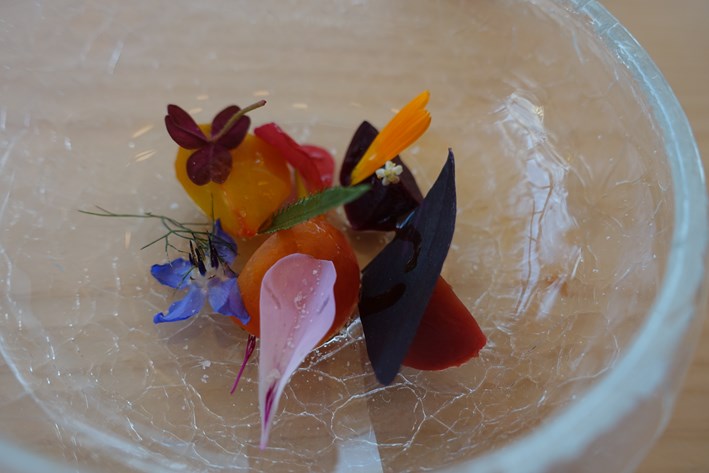
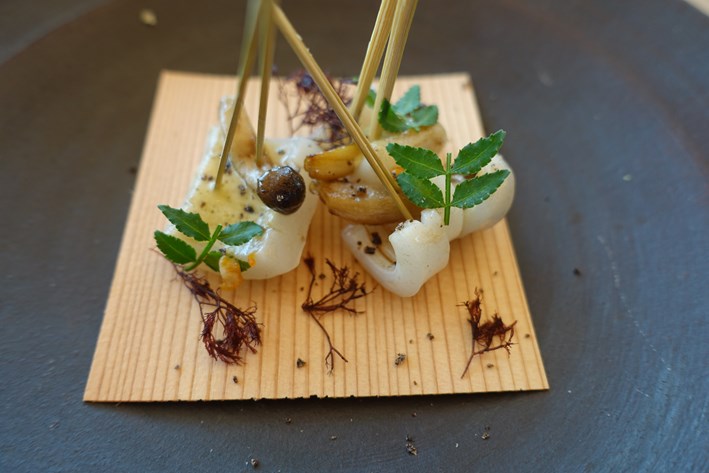


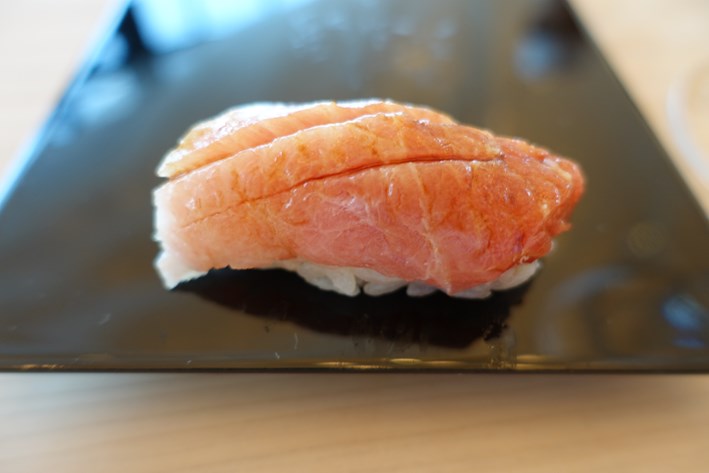
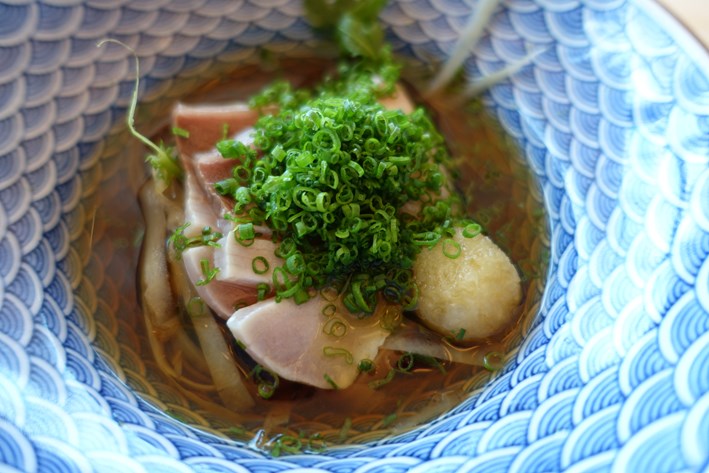
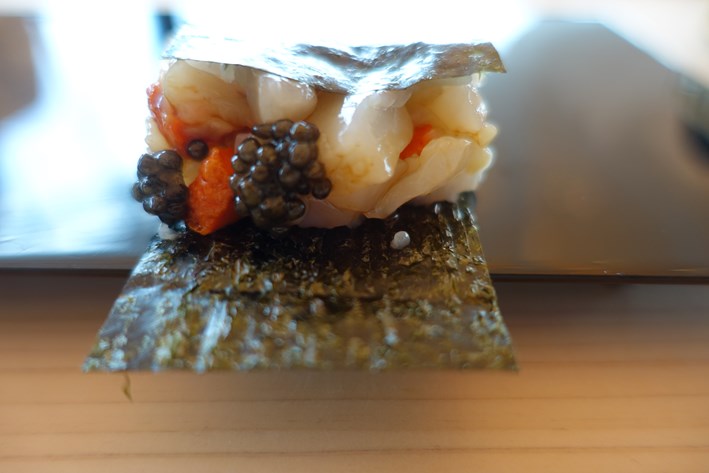
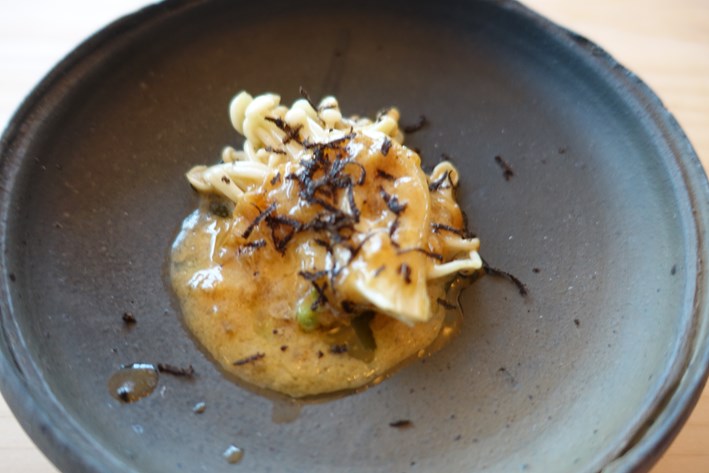
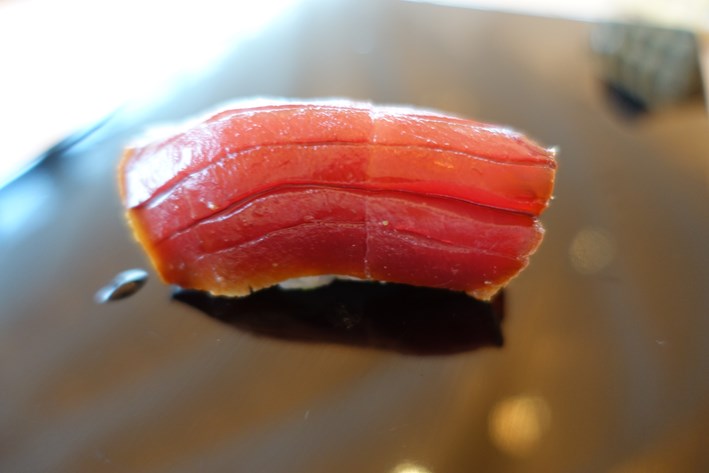

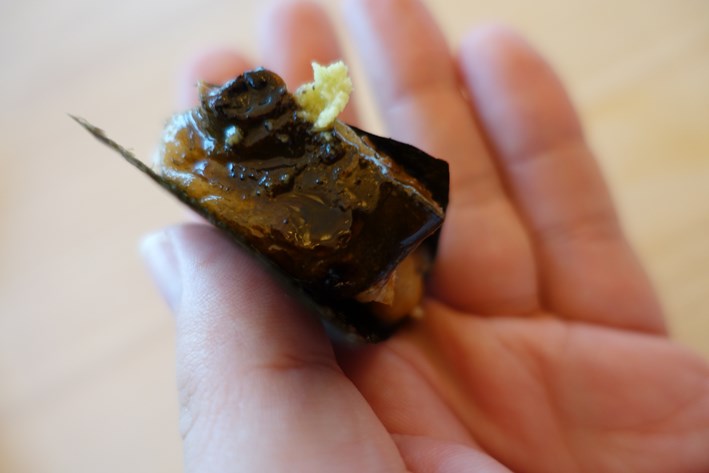
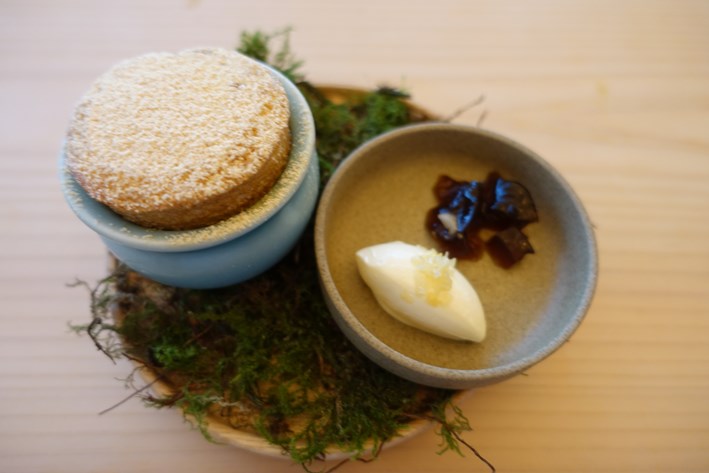



Add a comment
Thank you for submitting your comment, this will be checked and added to the website very soon.
User comments